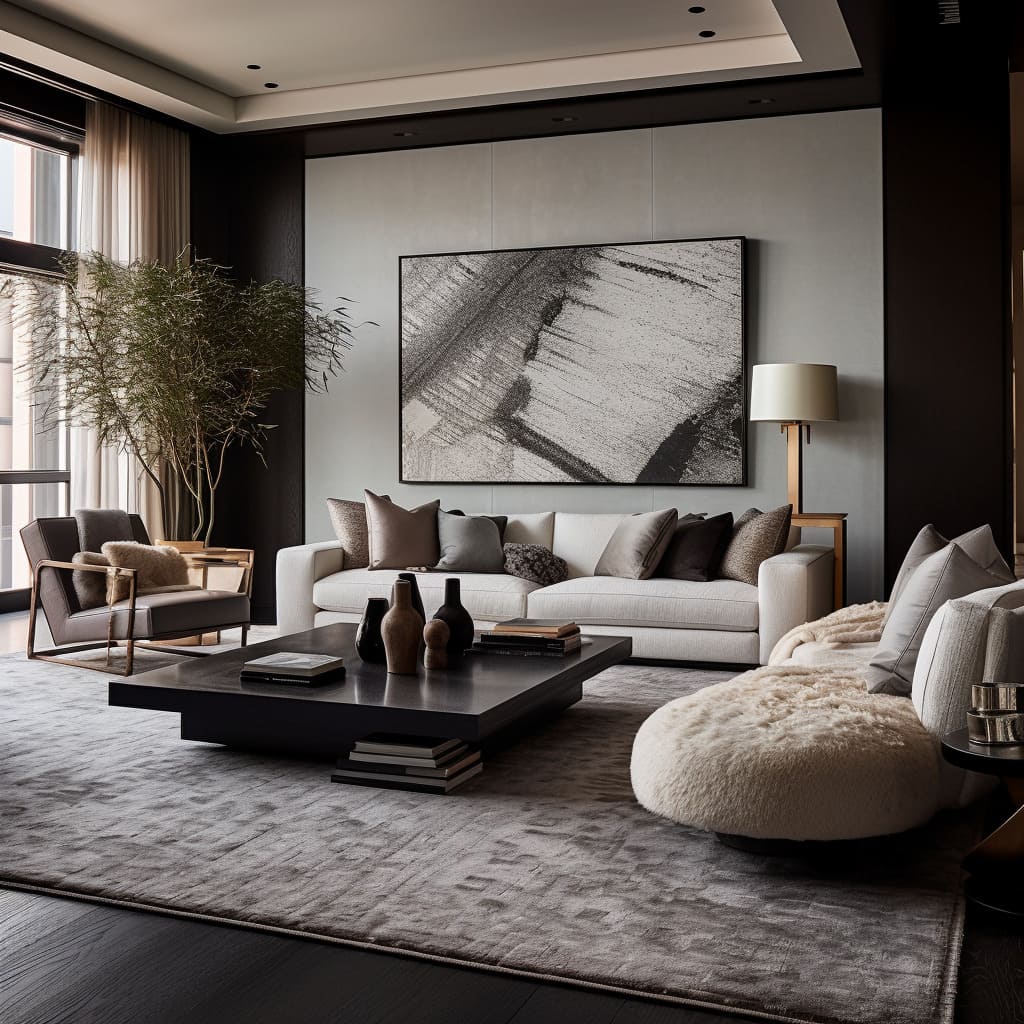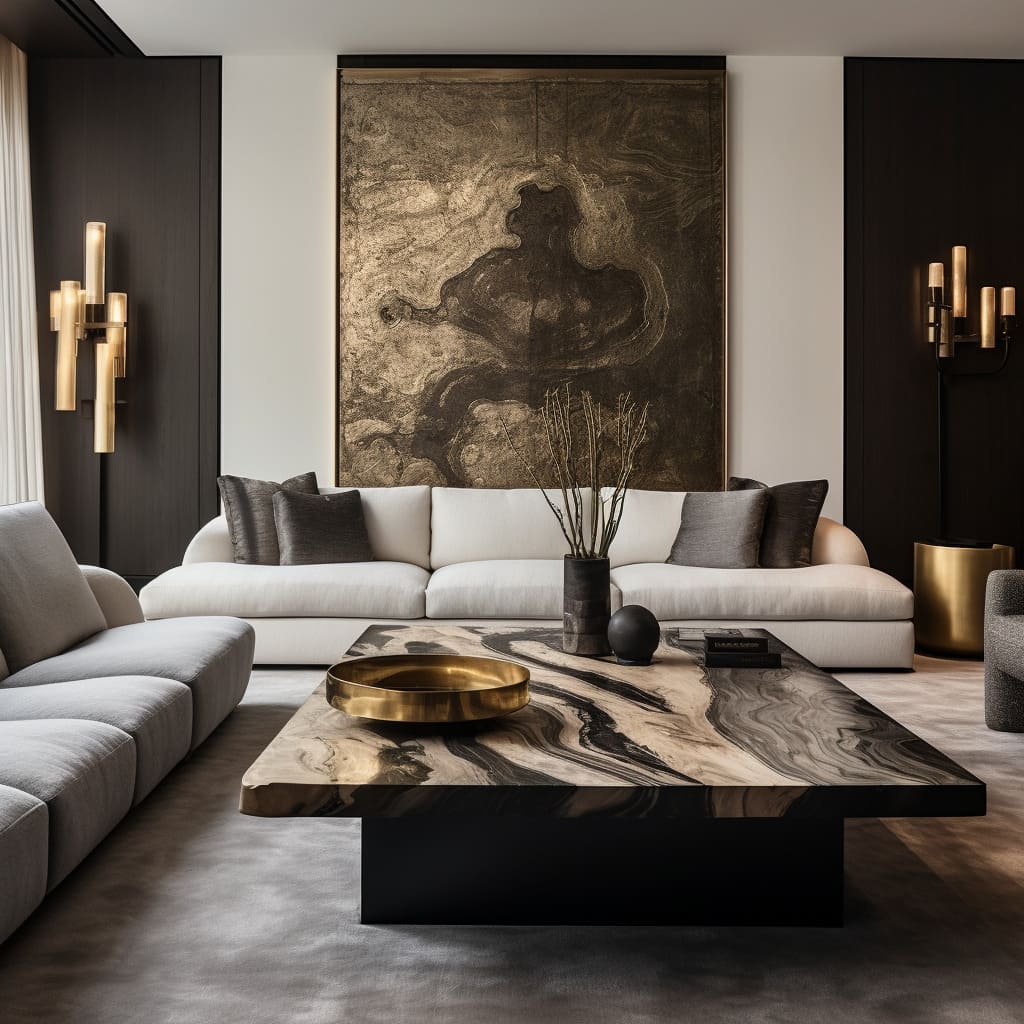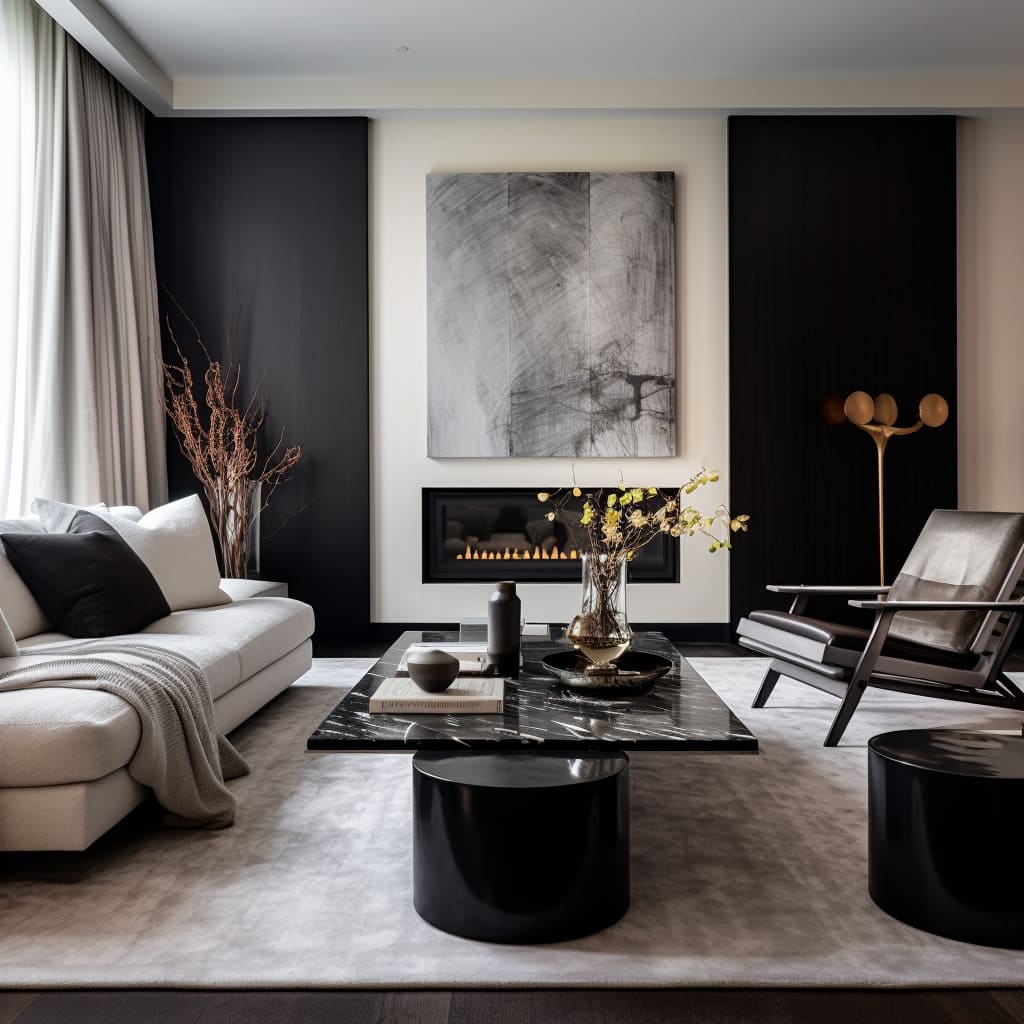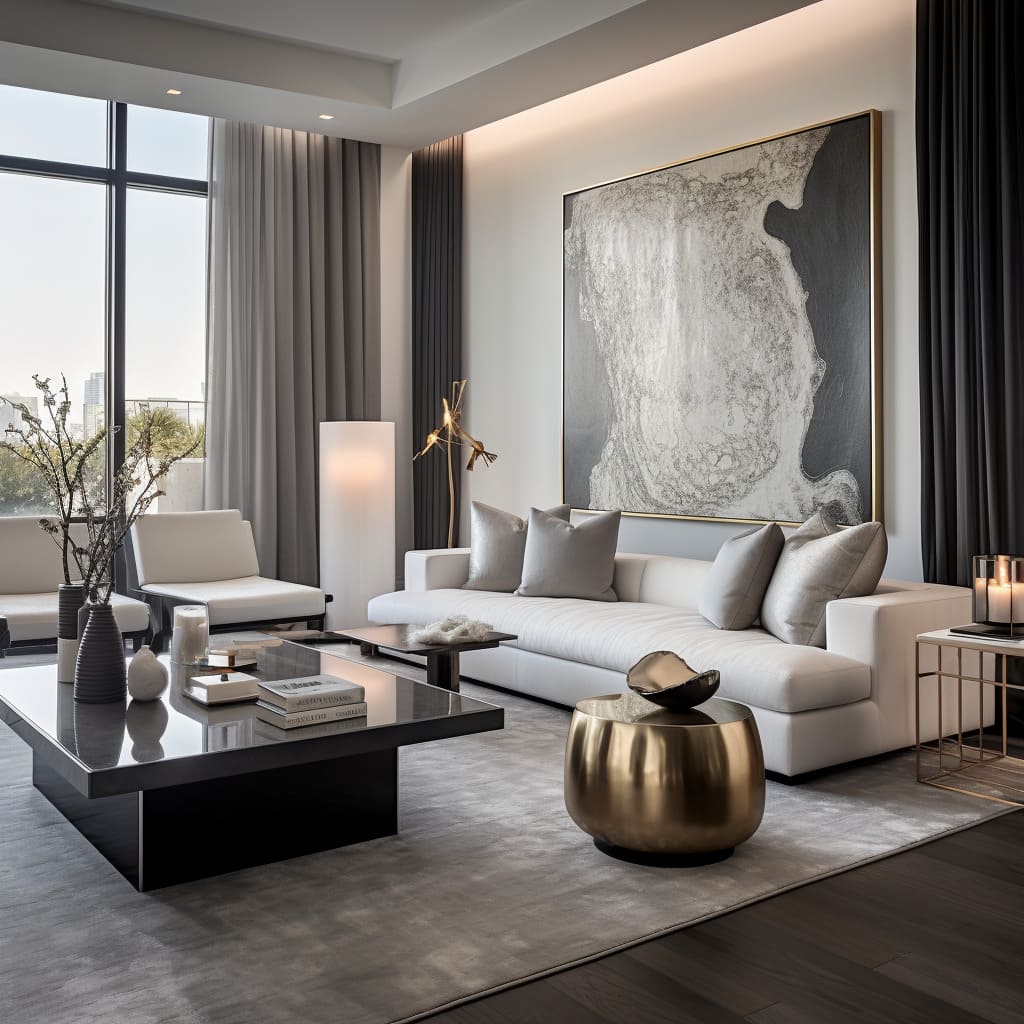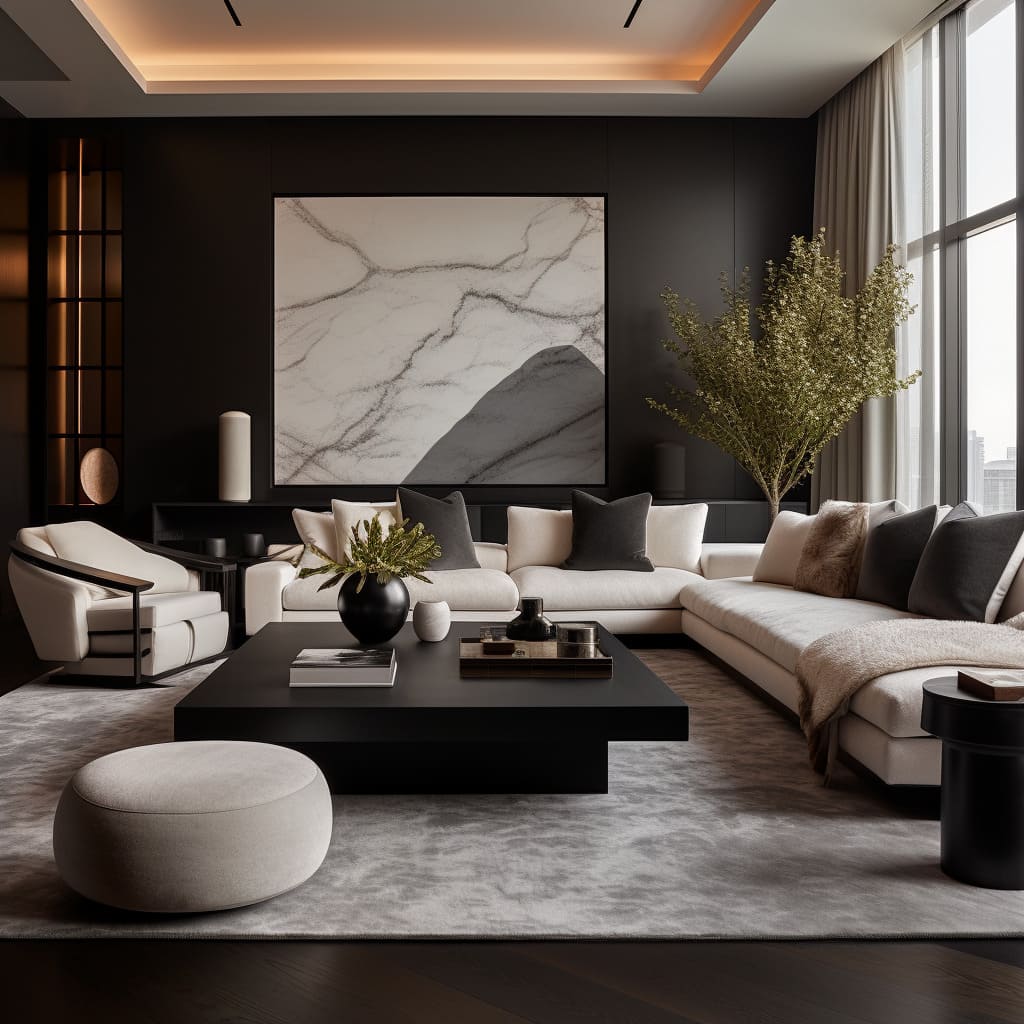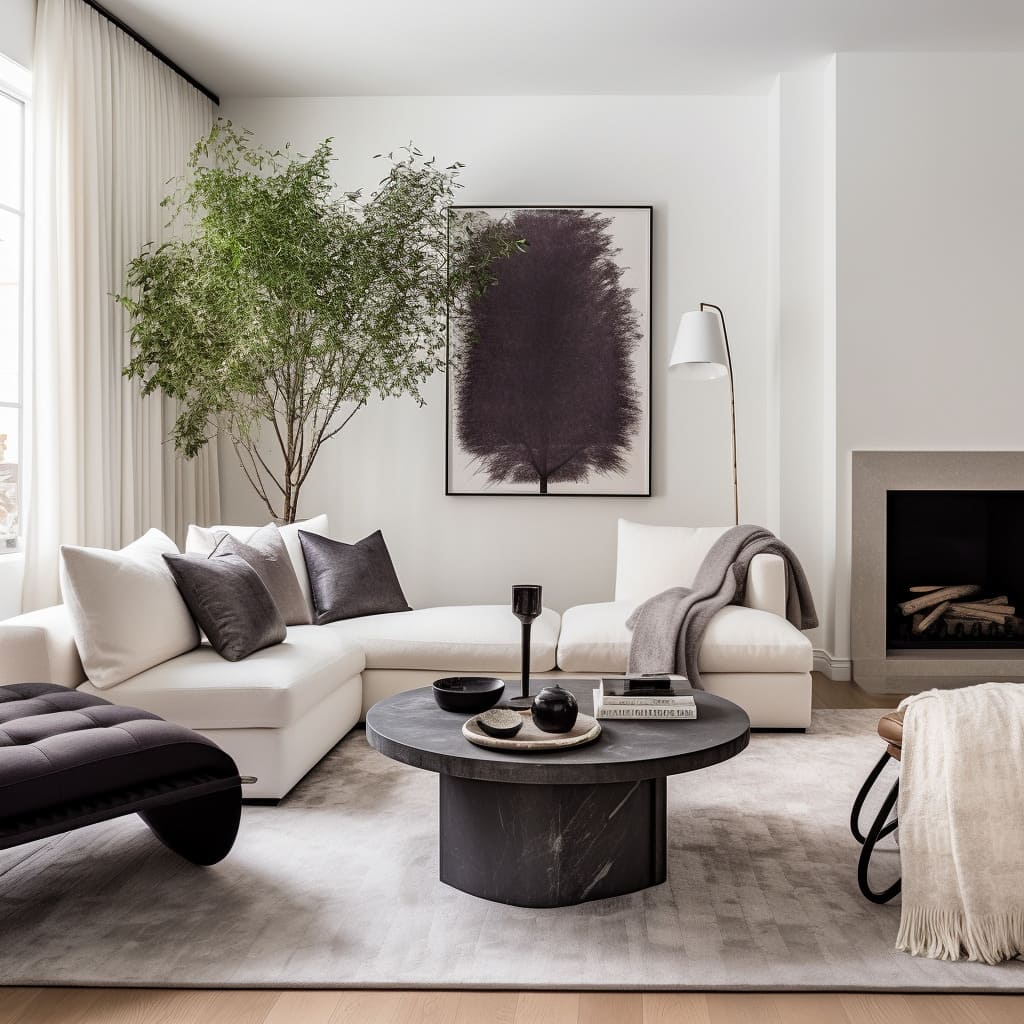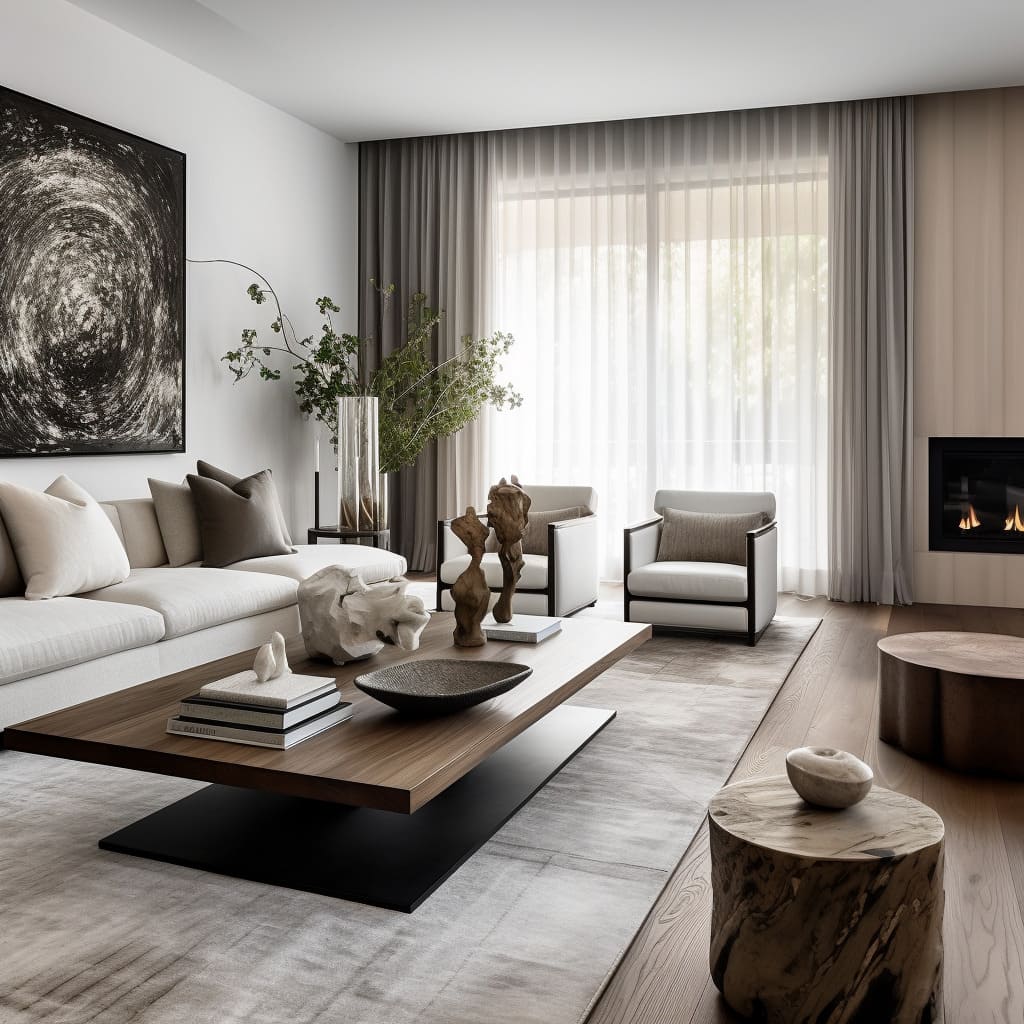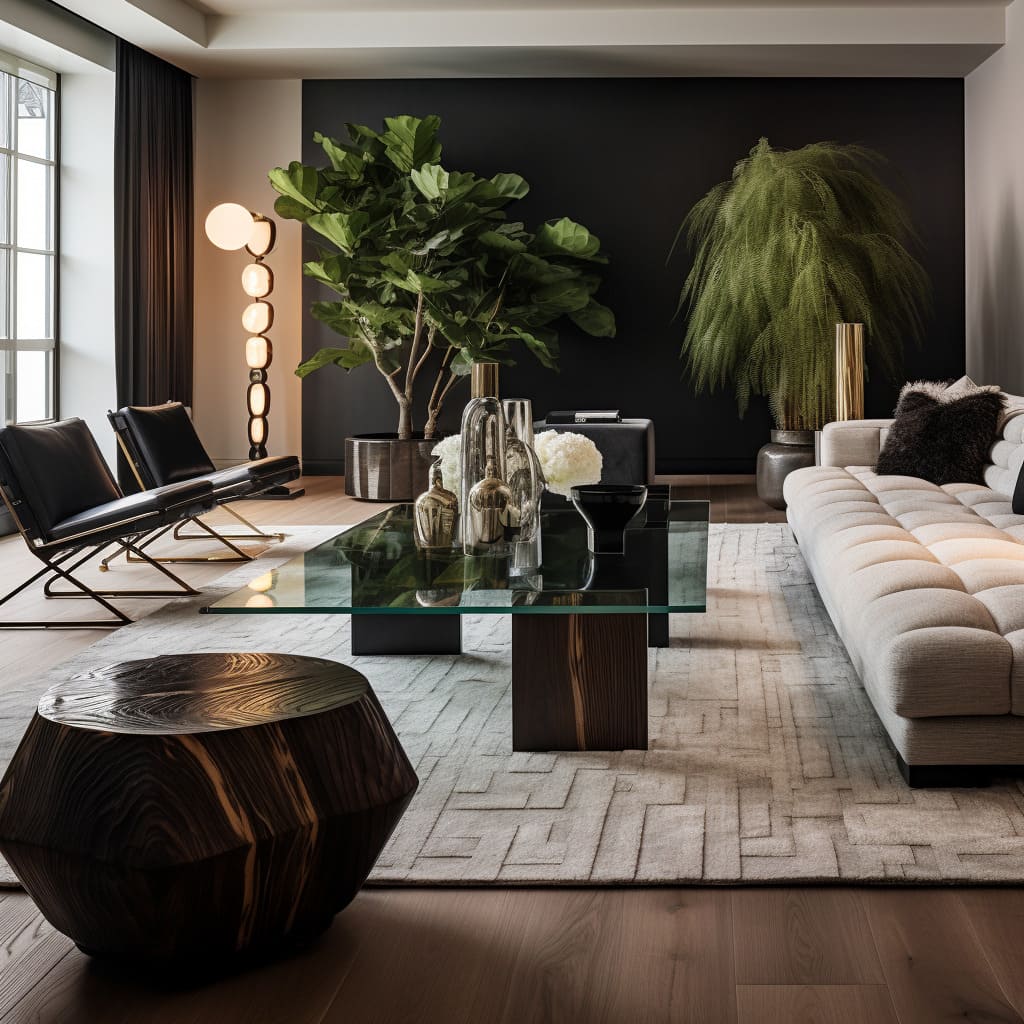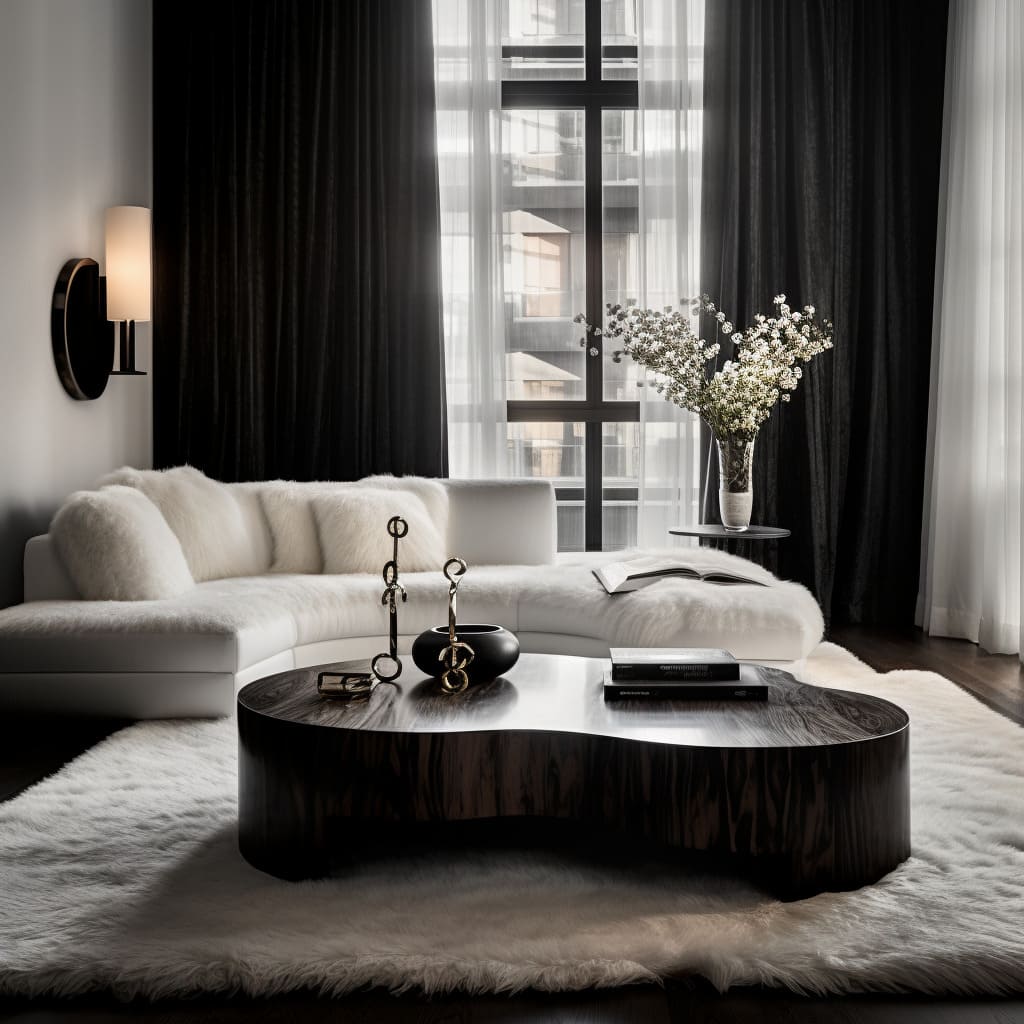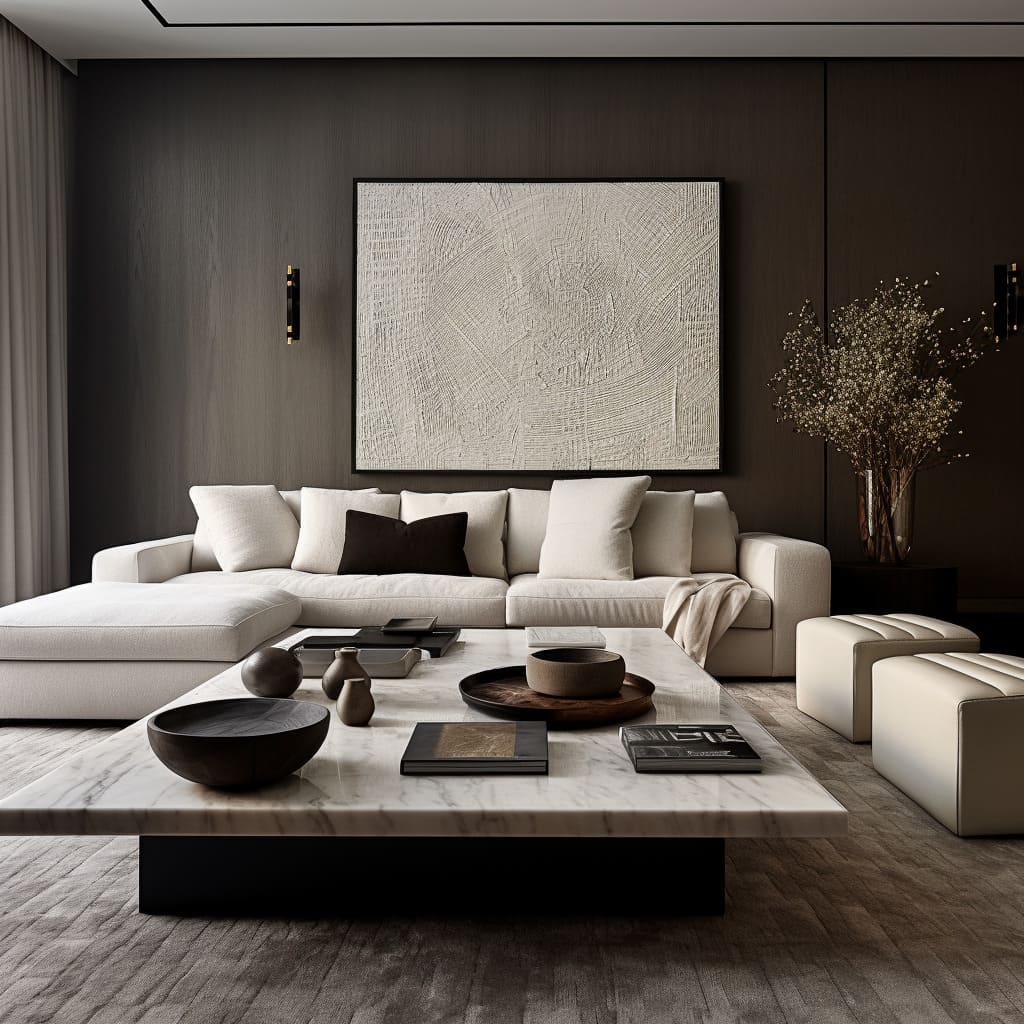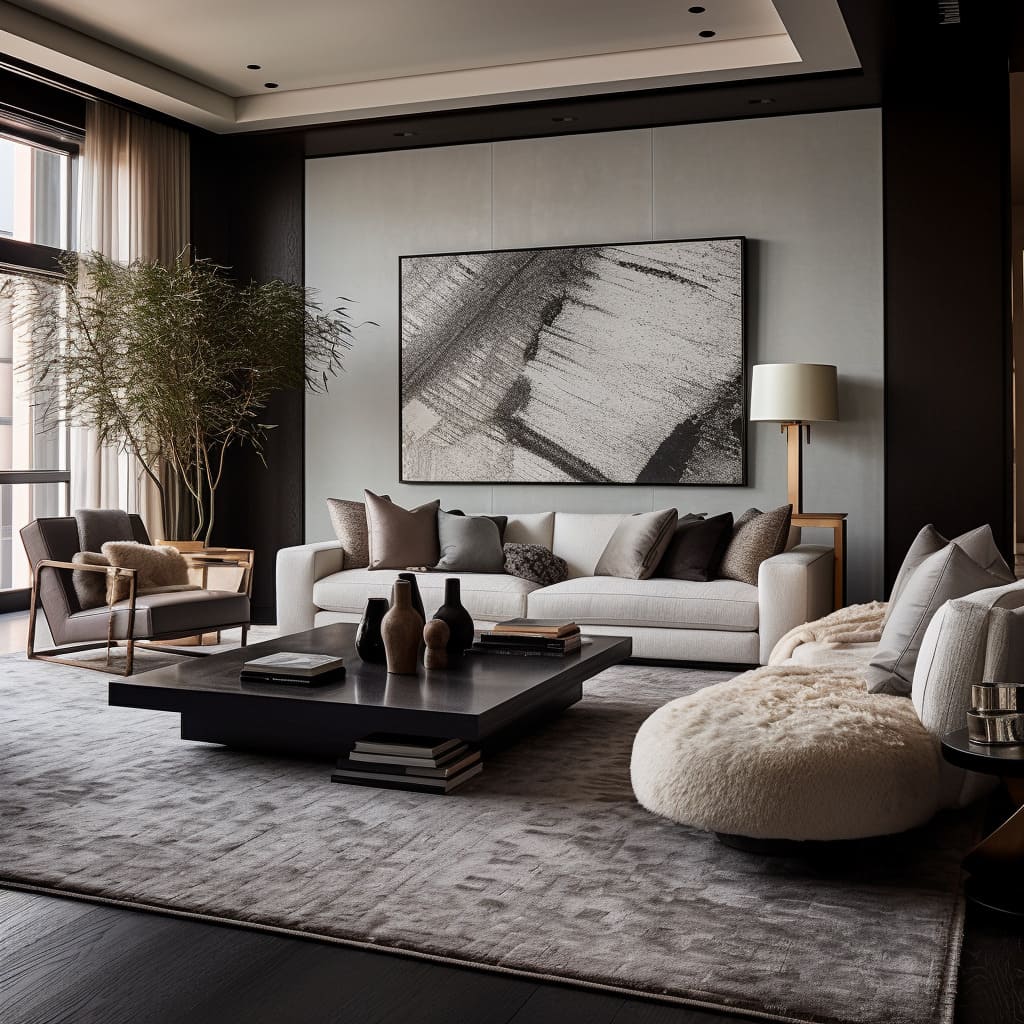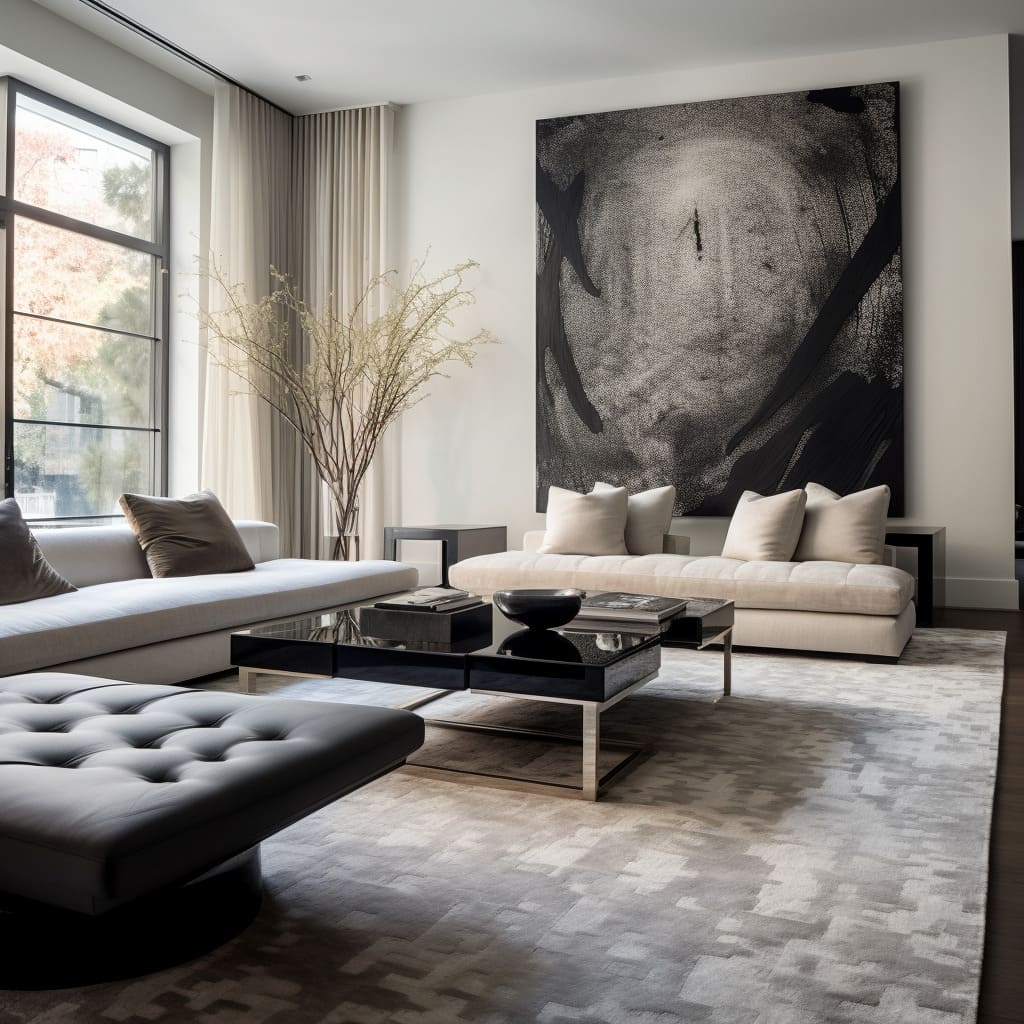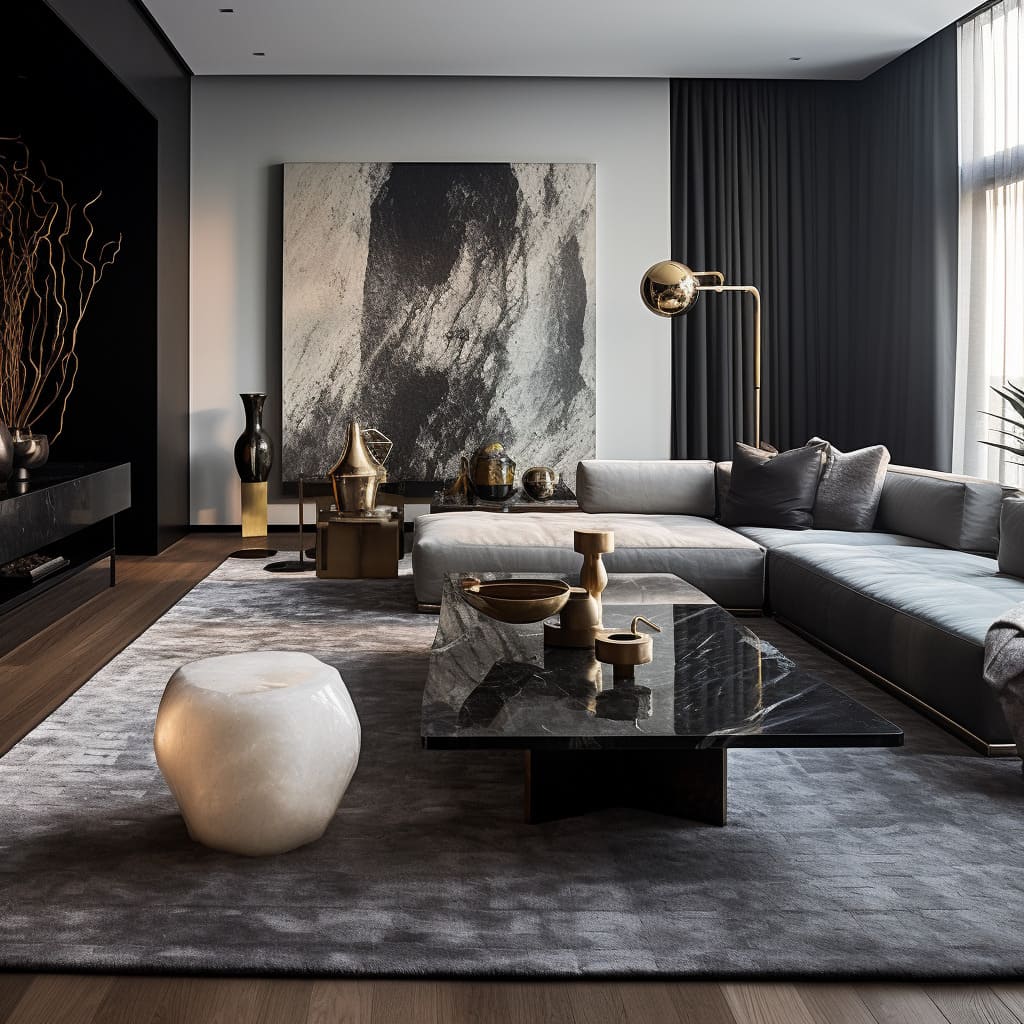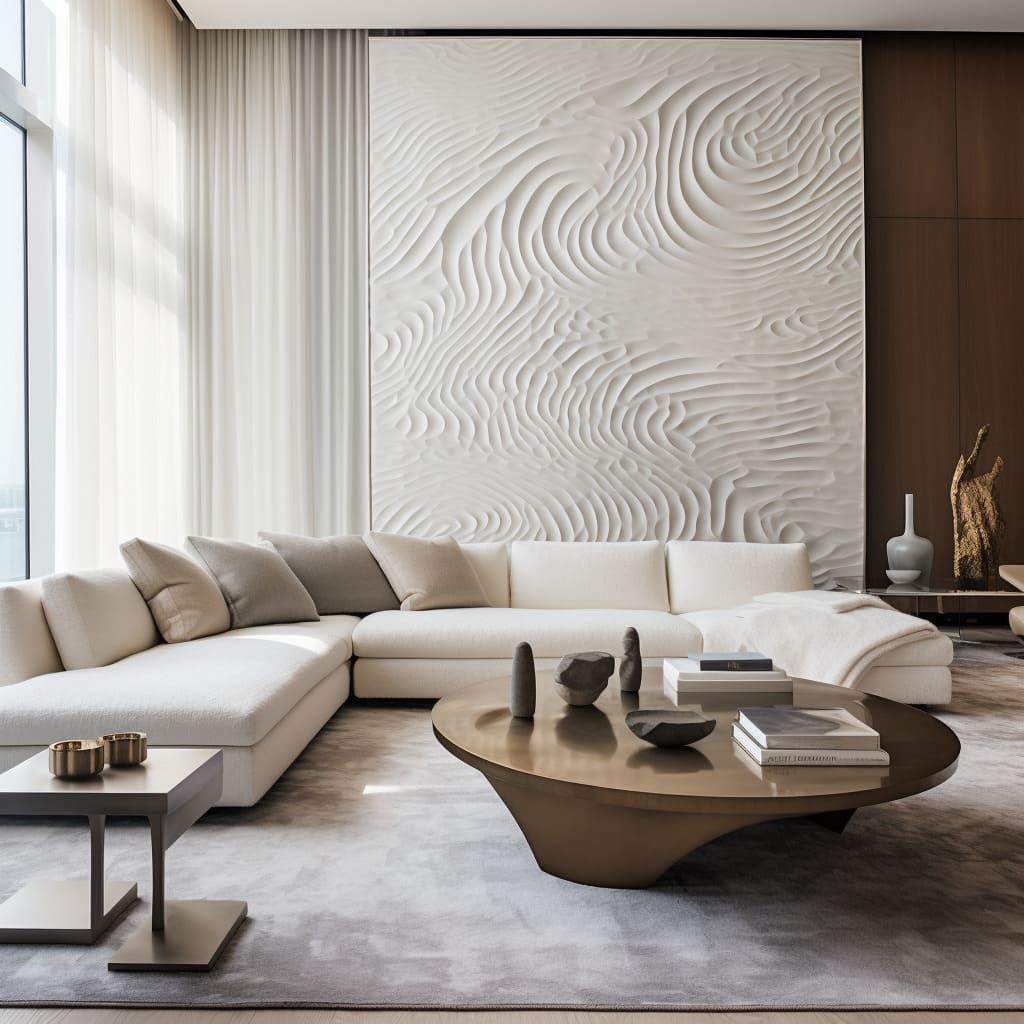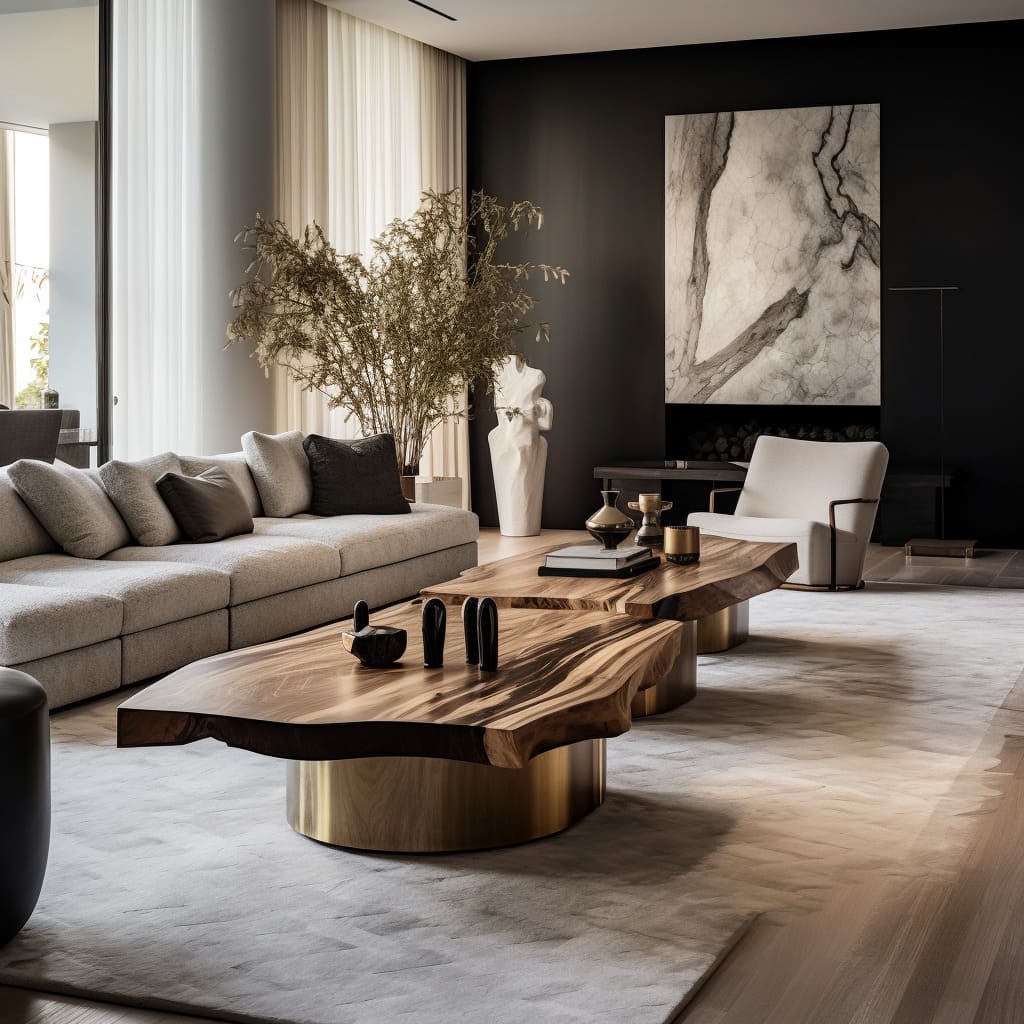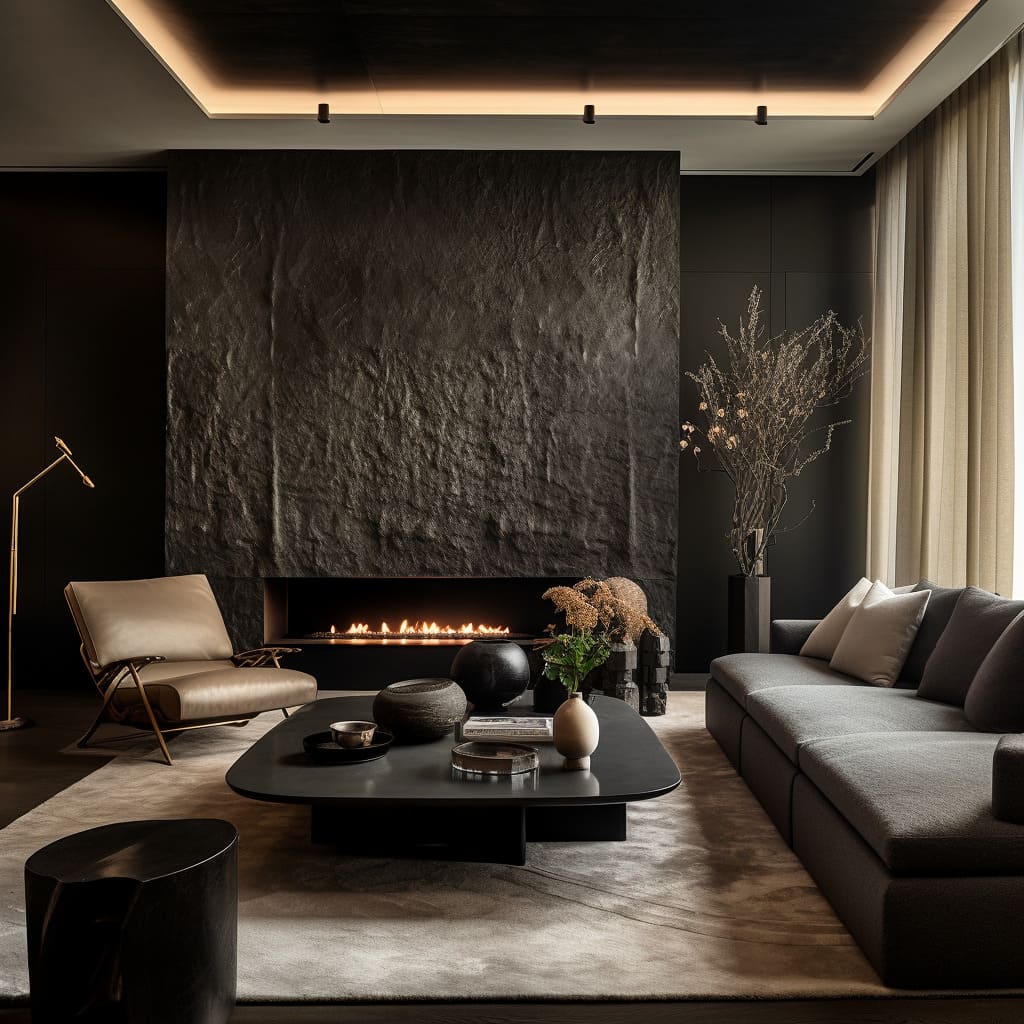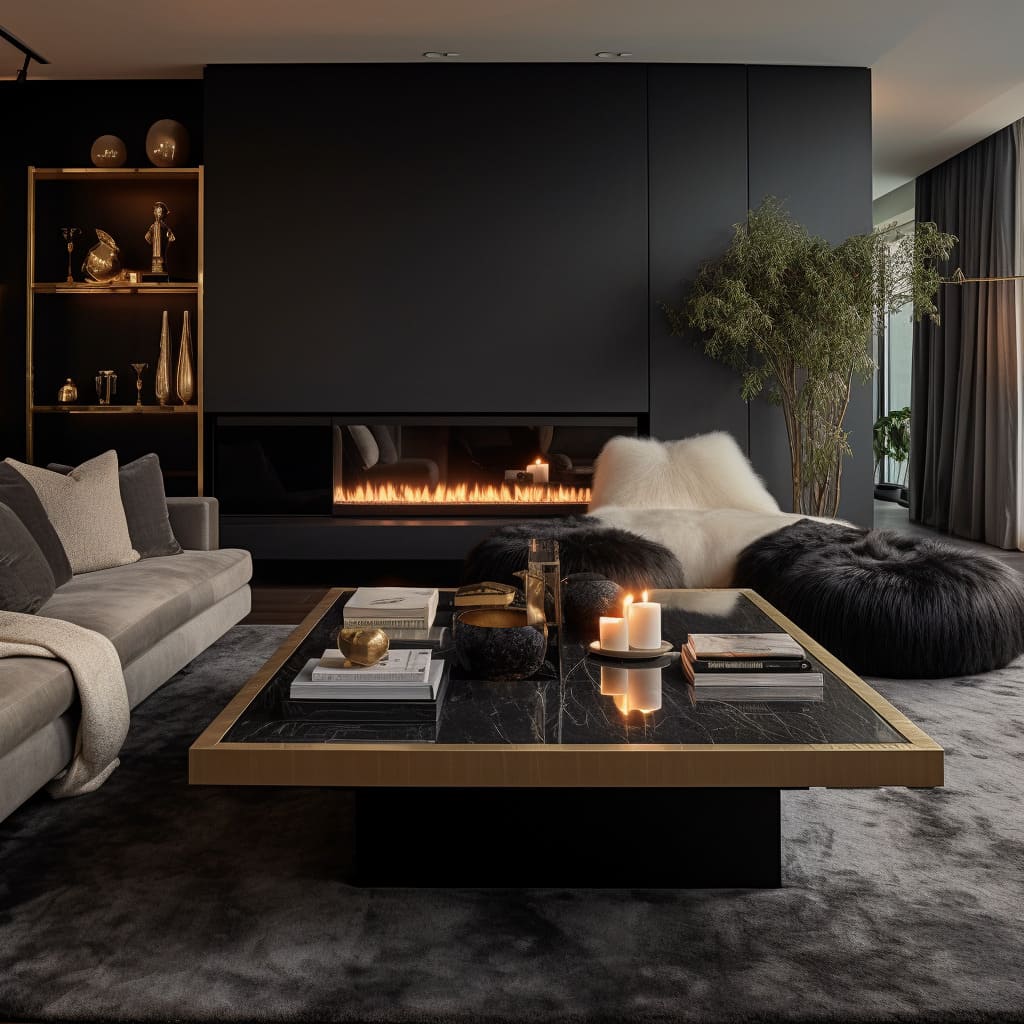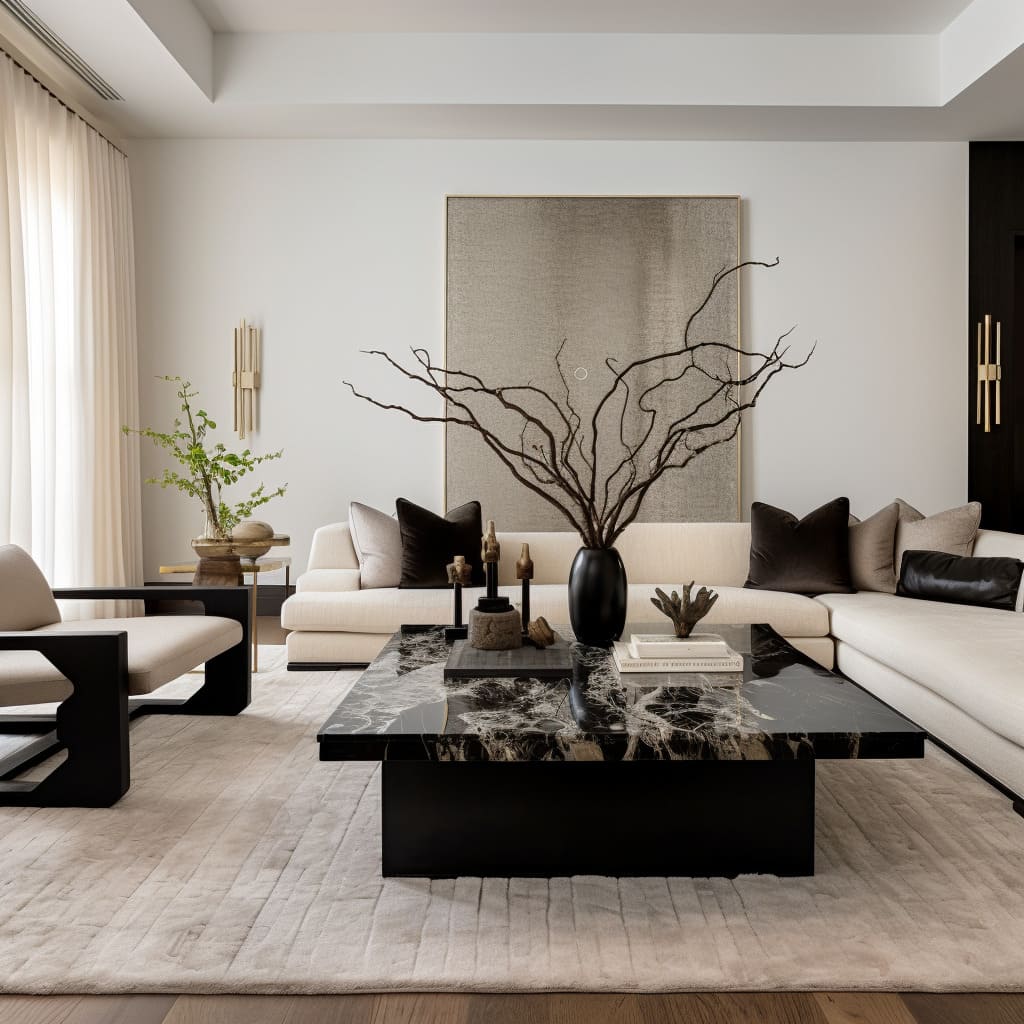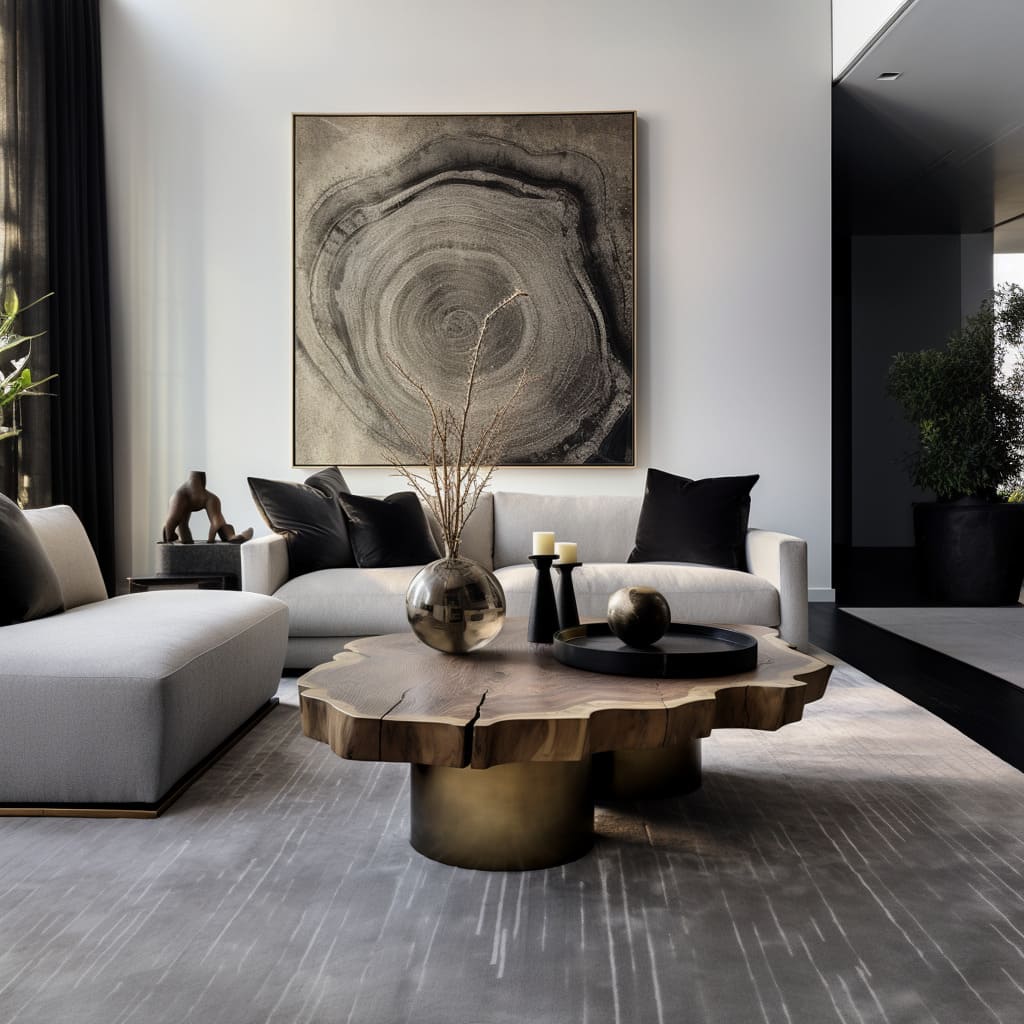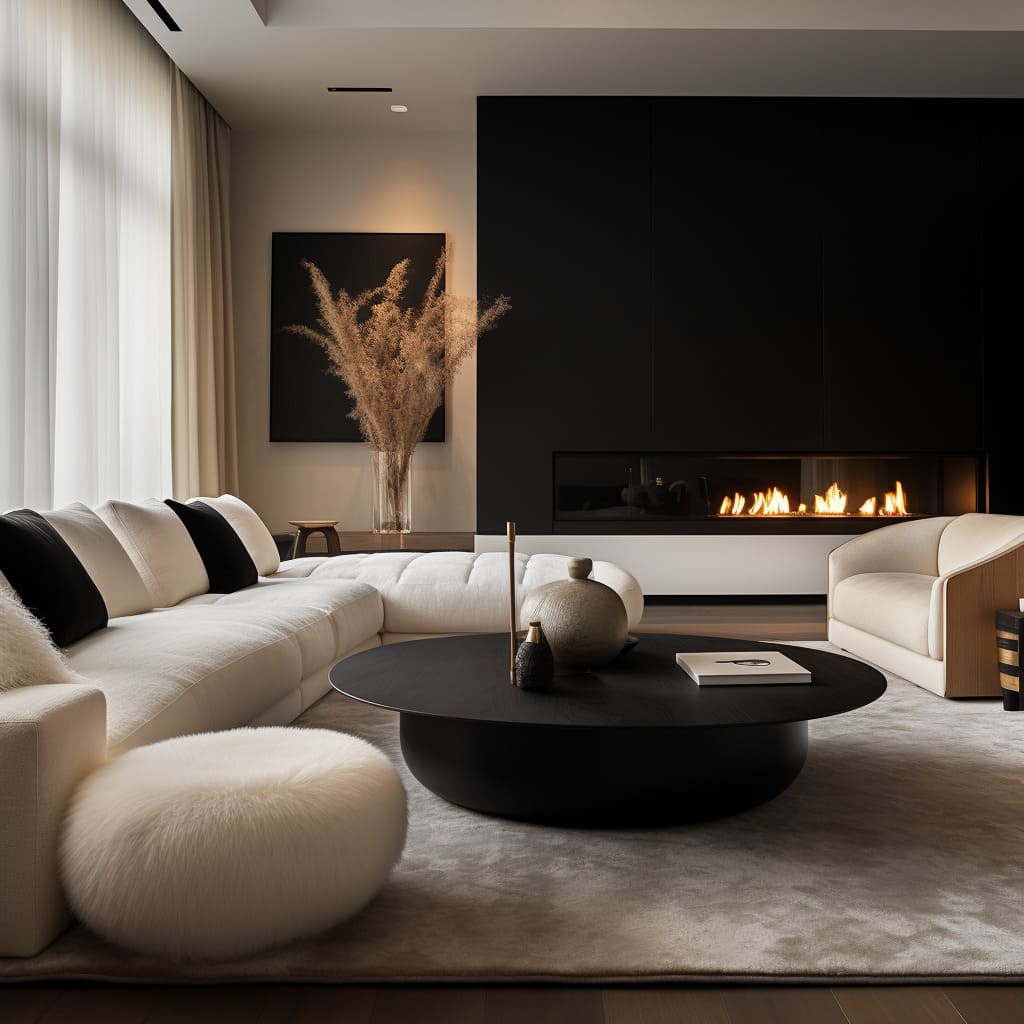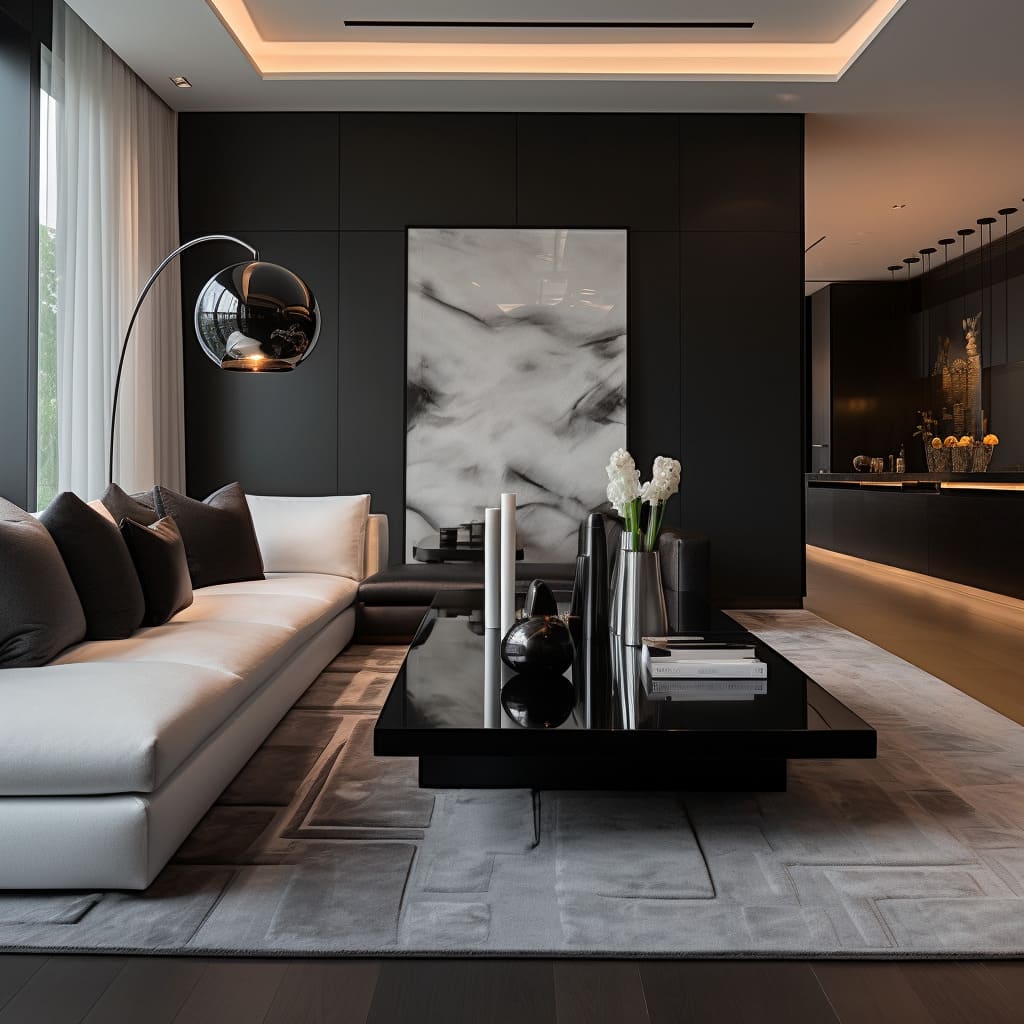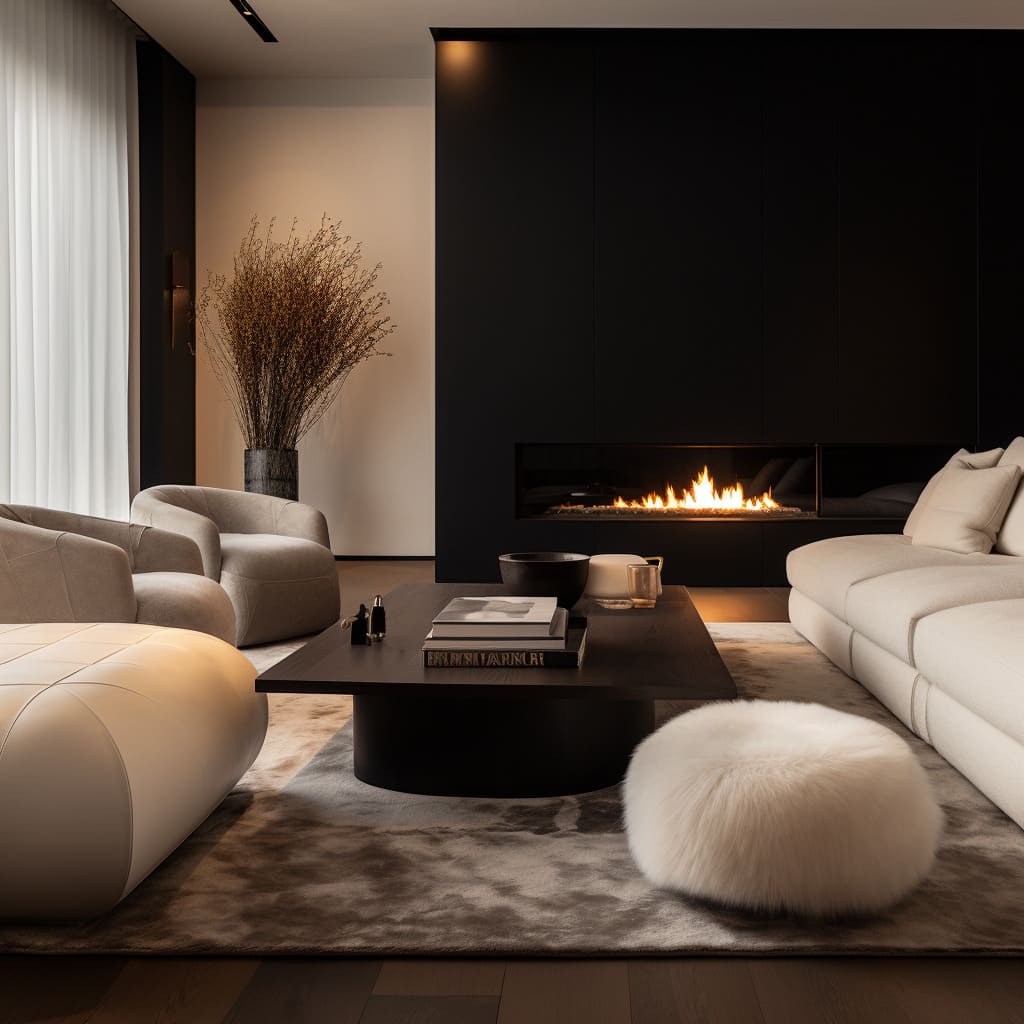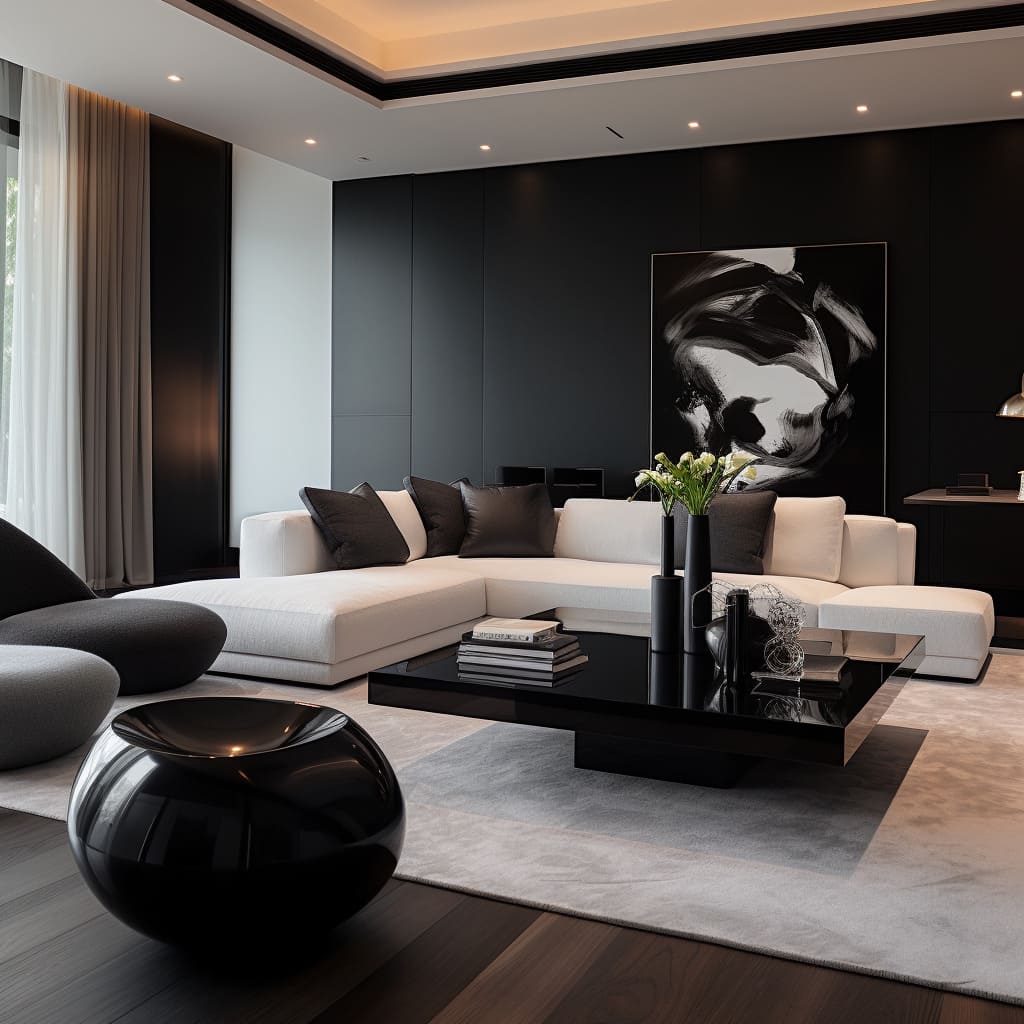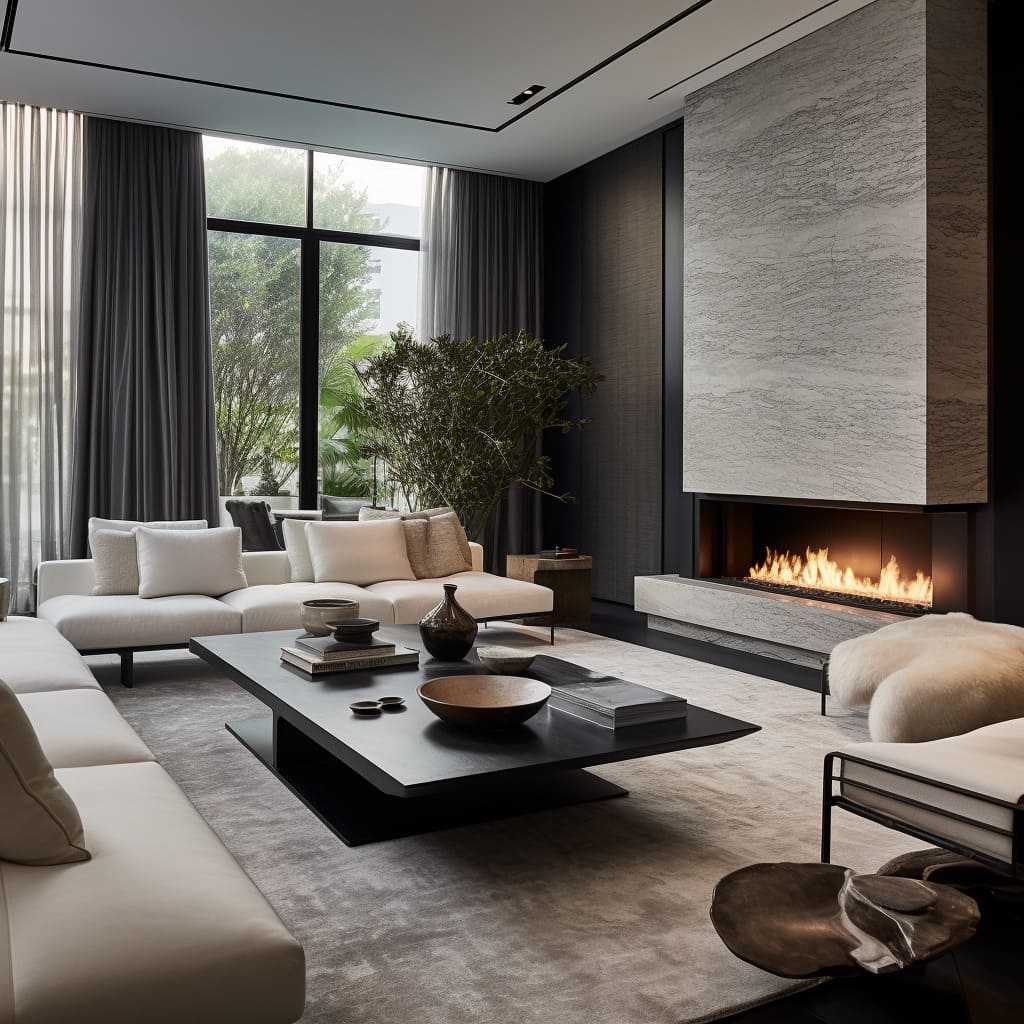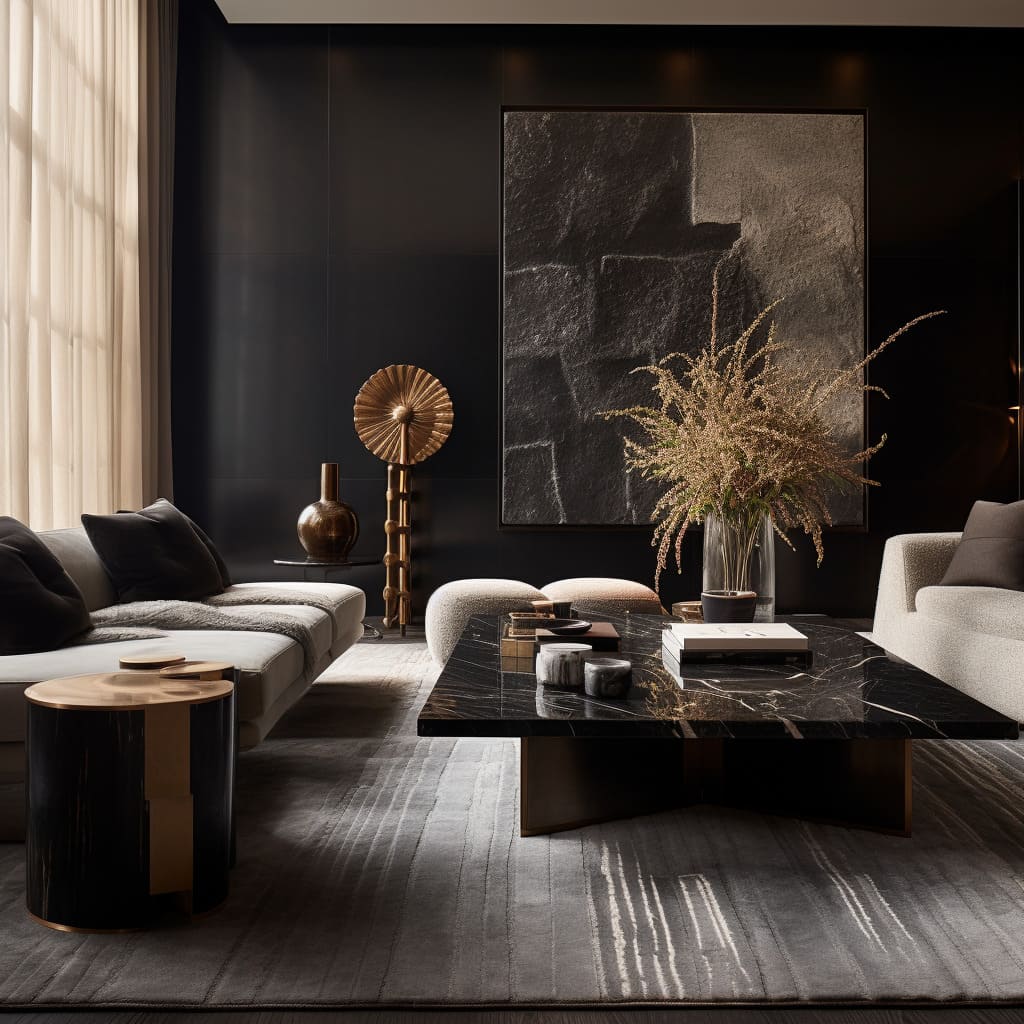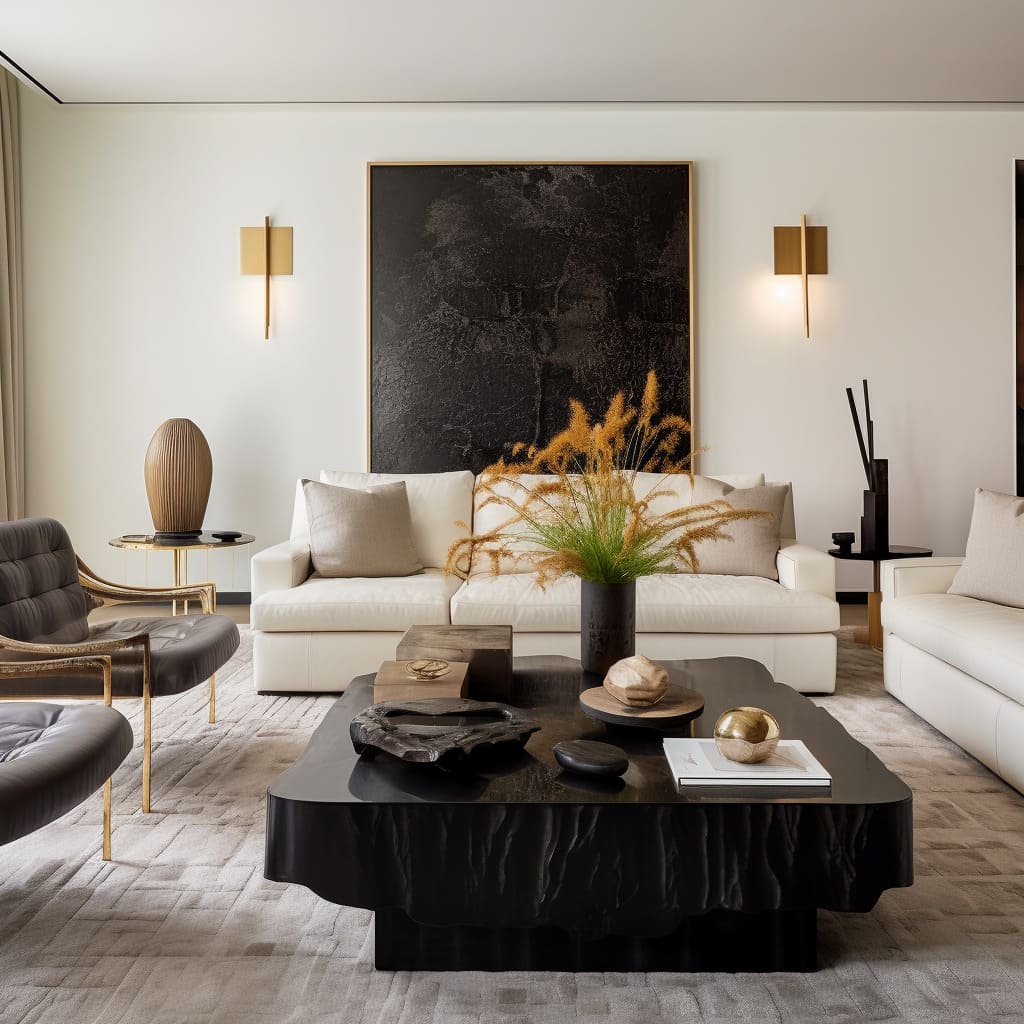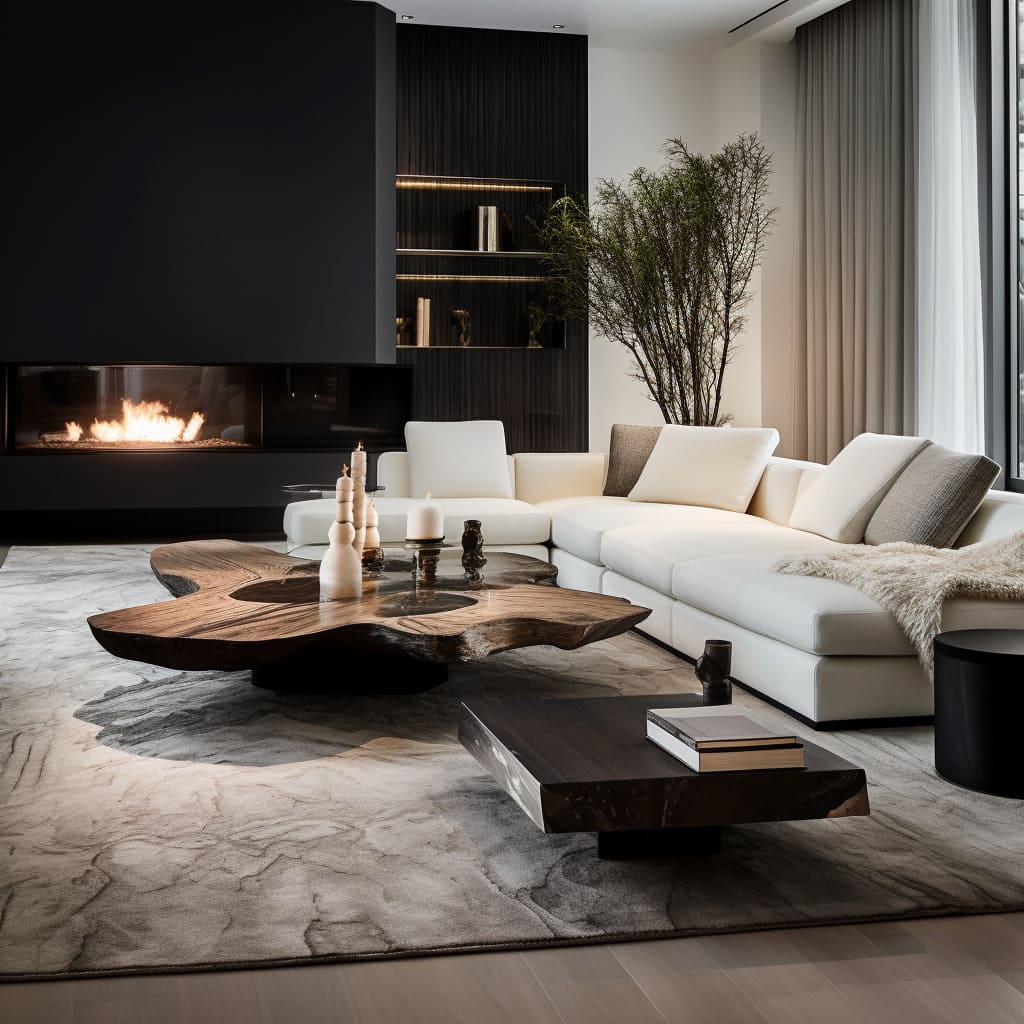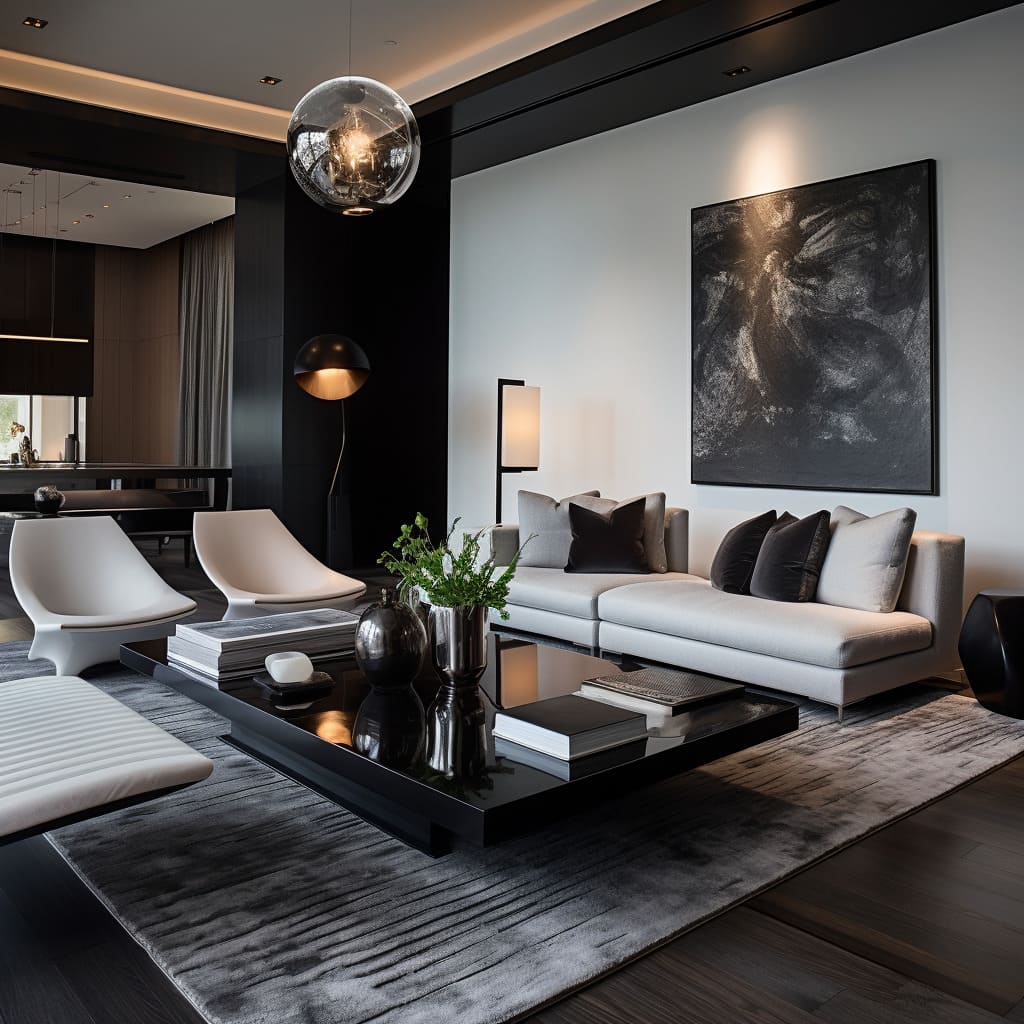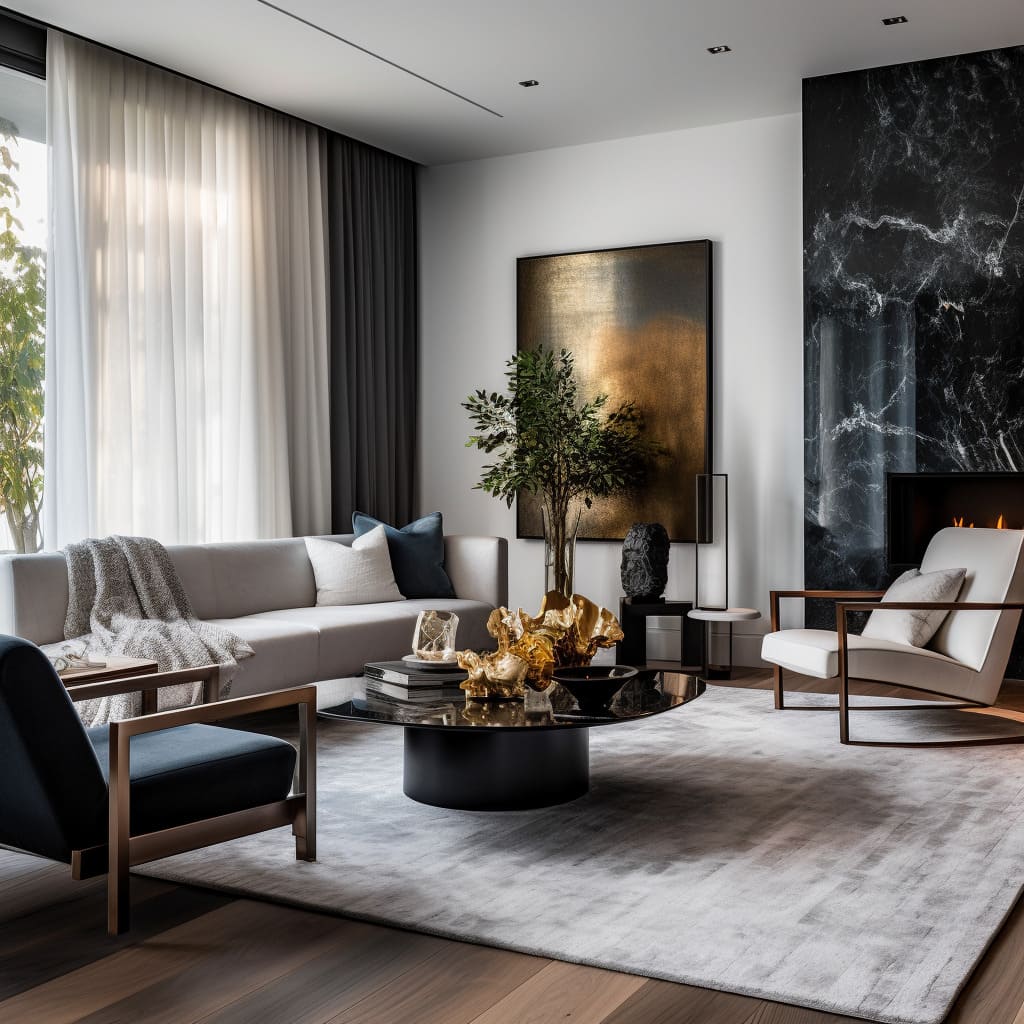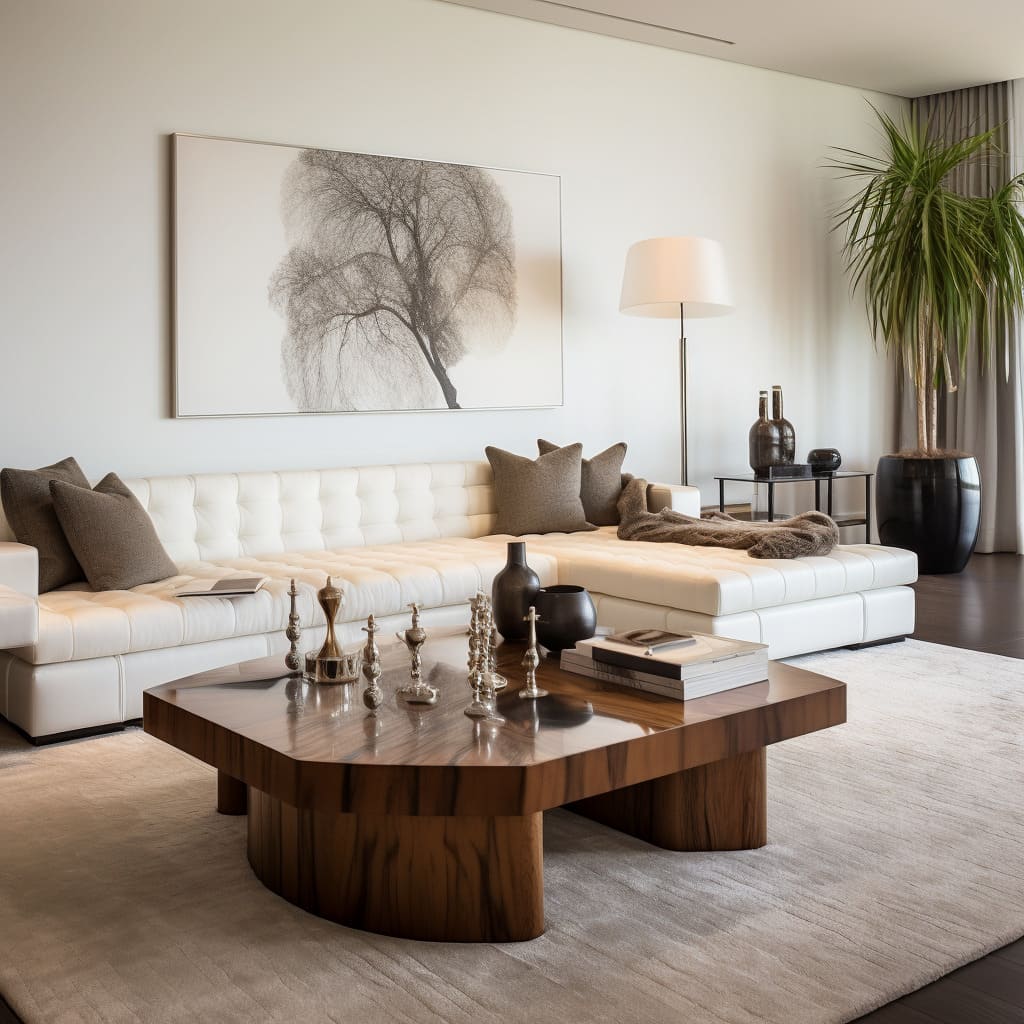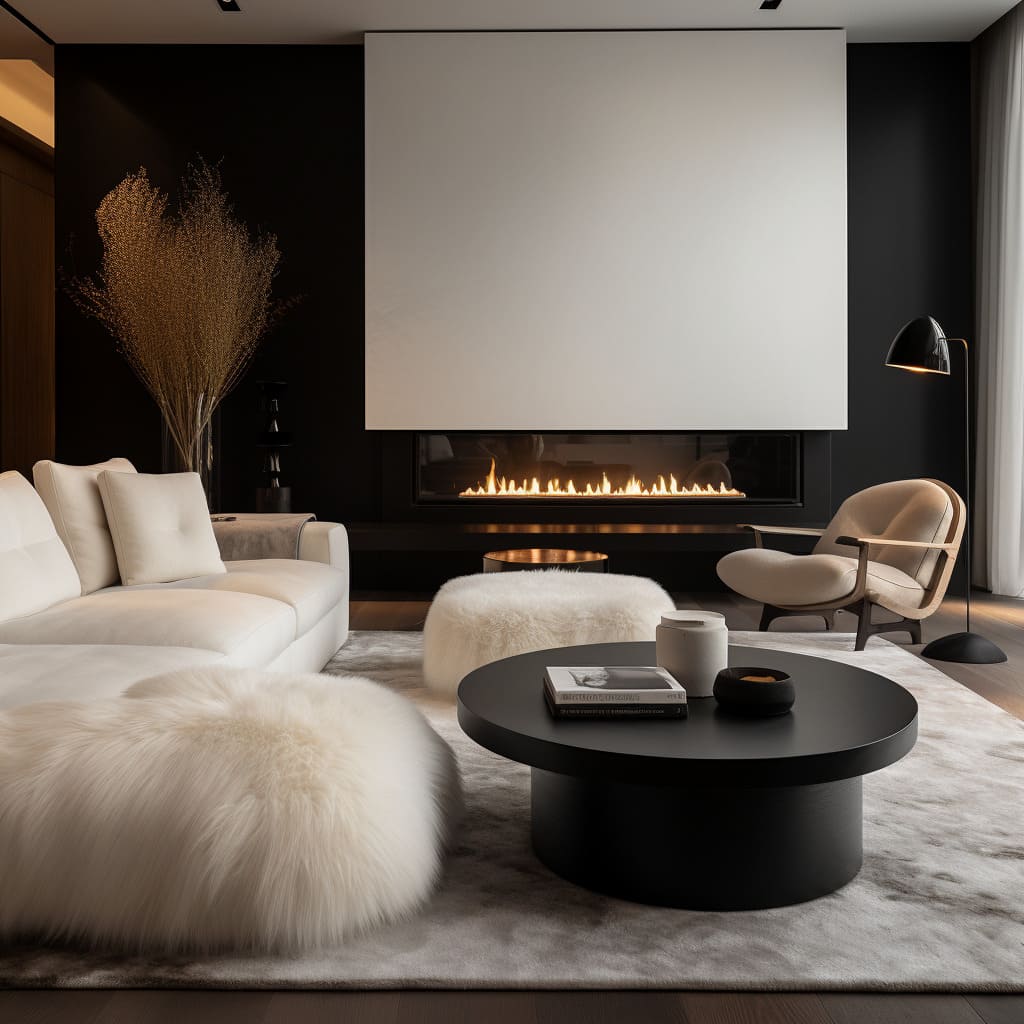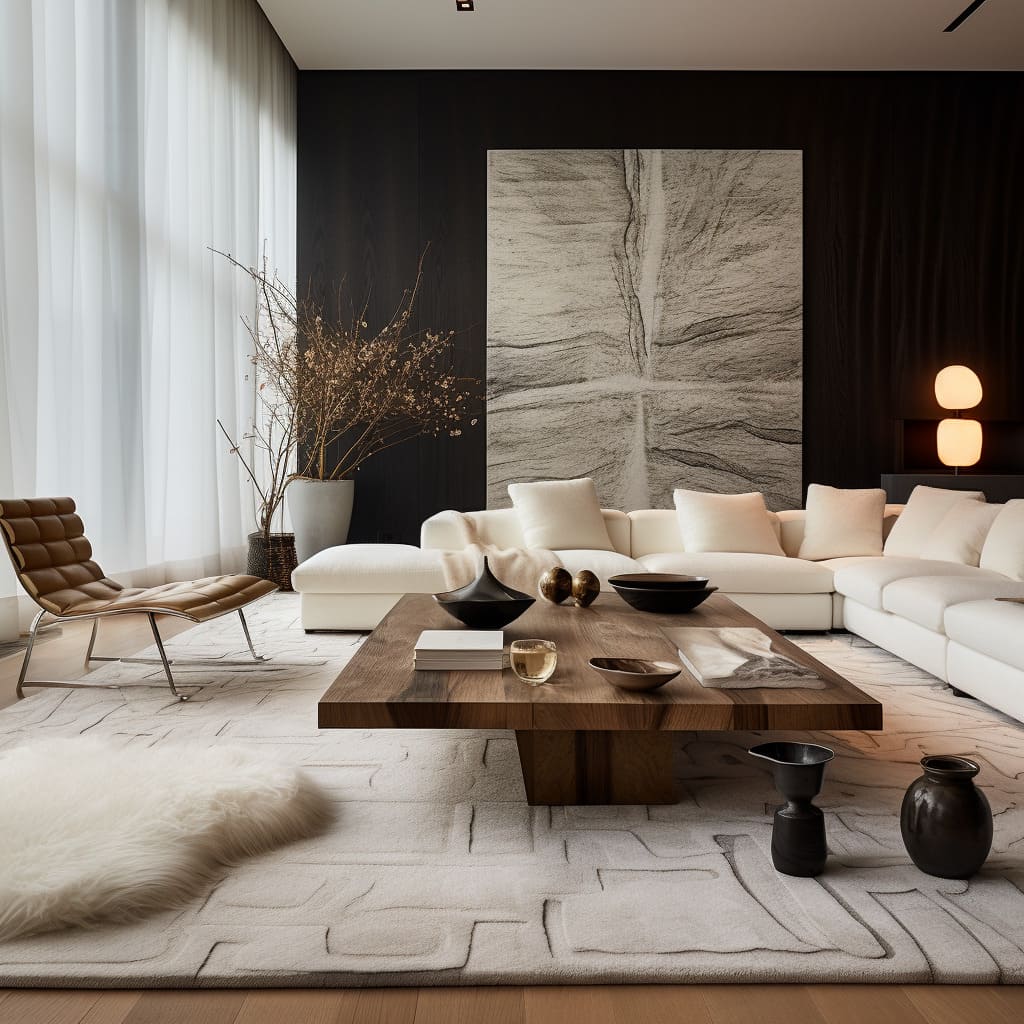The concept of luxury is often synonymous with extravagance and opulence. However, a new wave of design philosophy has emerged, redefining luxury in the context of modern minimalism.
This approach to interior design merges the simplicity and clarity of minimalism with the sophistication and elegance of luxury, creating spaces that are not only aesthetically pleasing but also deeply resonant with tranquility and refinement.
At its core, luxury modern minimalist interior design is about stripping away the unnecessary, focusing on quality over quantity, and elevating the essence of simplicity to an art form. It’s a design ethos that values space and light, texture and detail, balance and harmony.
This approach does not merely create rooms; it crafts experiences, offering a sanctuary of calm and beauty amidst the hustle and bustle of daily life.
In this article, we delve into the key elements that characterize luxury modern minimalist design. From the strategic use of negative space and meticulous attention to detail, to the subtle interplay of textures and colors, each aspect of this design philosophy contributes to creating spaces that are both visually stunning and soul-soothing.
Join us as we explore how the principles of modern minimalism are redefining luxury in interior design, creating environments that are as luxurious as they are serene and inviting.
Luxury in Simplicity: Modern Minimalist Interior Design
The essence of this interior design lies in its luxurious yet minimalist approach. Emphasizing a neutral color scheme, it blends various shades of beige, brown, and gray, crafting an environment that radiates calmness and sophistication.
This design philosophy is echoed in the selection of modern furniture, characterized by its sleek lines and understated elegance. The arrangement is anchored by a plush, off-white sectional sofa, which is both a centerpiece and a nod to comfort.
It is flanked by stylish armchairs and an eye-catching, oversized ottoman clad in creamy white fur, adding a touch of luxury.
Contrasting these lighter hues, the central coffee table stands out in bold black. This low-profile, rectangular piece not only serves as a visual anchor but also as a practical platform for displaying decorative objects like vases and books.
Beneath the furniture, a muted gray area rug lays with a discreet pattern, introducing texture while preserving the room’s tranquil feel.
Natural light floods in through large windows, softened by sheer curtains to enhance the room’s inviting warmth. The walls feature large abstract art in monochromatic tones, contributing to the space’s modern and artistic ambiance.
Decorative elements are kept to a minimum, with a few strategically placed vases and books, ensuring the space remains uncluttered.
The Art of Balance
A key aspect of this interior design is the meticulous composition and balance within the space. This involves strategic furniture placement, balancing visual weights, and ensuring each design element contributes to overall harmony.
Central to this design is the symmetry and alignment of the furniture. The coffee table, for instance, is perfectly centered with respect to the sofa, while armchairs are placed symmetrically, offering a formal yet welcoming ambiance.
This symmetry is tastefully offset by the more casually placed ottoman and the asymmetrically positioned plant, which introduce a sense of relaxed elegance and prevent the space from feeling overly structured.
Visual weight distribution is another critical element. The room skillfully balances heavier, darker tones of certain furniture pieces with lighter elements like the sofa and ottoman.
This equilibrium prevents any part of the room from appearing too dense or too sparse, ensuring a visually appealing and cohesive space.
Attention to detail is evident even in the smaller aspects of the design. Decorative items are arranged in a way that allows the eye to smoothly traverse the room, neither overwhelmed by clutter nor underwhelmed by sparseness.
The alignment of artwork, lighting fixtures, and window treatments with the furniture layout contributes to a fluid and uninterrupted spatial experience.
This design strikes a delightful balance between minimalistic elegance and inviting warmth, between modern aesthetics and functional comfort. It demonstrates a deep understanding that a well-designed space must be both visually appealing and livable.
Overall, the room exemplifies the designer’s skill in crafting a space that is both thoughtfully curated and intimately comfortable, achieving harmony through thoughtful design.
Negative Space in Minimalist Design
A pivotal element of this interior design is the adept utilization of negative space, which significantly contributes to the minimalist and luxurious ambiance of the space. Negative space, defined as the empty area surrounding and between objects, is intentionally used here to foster an atmosphere of openness, balance, and serenity.
In this design approach, negative space is most notably observed around the furniture. Ample space encircles the sofa, coffee table, and chairs, averting any sense of congestion or clutter.
This spacious arrangement allows each furniture piece to distinctly stand out, preventing the room from appearing overwhelmed by its contents.
Wall space also exemplifies the strategic use of negative space. Except for a central artwork, the walls are mostly bare, accentuating the art and establishing it as the focal point.
The minimal wall adornments ensure that the space remains visually uncluttered, offering a restful experience for the eyes.
The placement of decorative items further reflects a mindful employment of negative space. On the coffee table, accessories like vases and books are arranged with intentional spacing, allowing each item to be individually appreciated.
This not only adds to the room’s orderly appearance but also its elegance.
Moreover, the selection of sleek, streamlined furniture with clean lines amplifies the sense of spaciousness. The absence of bulky or overly intricate details in the furniture design aids in preserving an air of openness and fluidity throughout the room.
Precision in Design: Detailing for Elegance
A defining characteristic of this interior design is its meticulous attention to detail, manifesting in the precise selection and placement of every element within the space. This diligent focus on detail transcends the design from simply pleasing to the eye to a realm of cohesiveness and refinement.
A primary facet of this attention is the deliberate choice of textures. The contrasting textures – from the plushness of the ottoman, the sleekness of the coffee table, to the softness of sheer curtains – are all thoughtfully selected to enhance the sensory experience of the room.
These textural contrasts and complements add a layer of depth and interest, yet they remain subtle enough not to overpower the space.
Color coordination is another aspect where detail is paramount. The color scheme is consistently applied across all elements, from the larger features like furniture and walls to the minute details such as decorative pillows, vase colors, and even the book spines on the table.
This recurrent use of colors throughout the space cultivates a visually harmonious atmosphere.
The design also pays close attention to the proportion and scale of the furniture and decor. Each piece is proportionally sized to fit the space, ensuring the room is neither too crowded nor too sparse.
The arrangement allows for comfortable movement while retaining a sense of intimacy. Decorative elements are selected not just for their aesthetic value but also for their appropriate scale in relation to the overall space.
Additionally, the strategic placement of functional items like lighting fixtures and window treatments is executed with precision. These elements are positioned to fulfill their functional roles effectively while also contributing to the overall aesthetic of the room.
The lighting, for instance, is arranged to accentuate key areas and establish a warm, inviting ambiance.
Conclusion: The Essence of Modern Minimalism in Luxury Interiors
In conclusion, the art of luxury modern minimalist interior design is not just about creating a visually appealing space, but about crafting an environment that resonates with elegance, harmony, and thoughtful simplicity. This design philosophy is deeply rooted in the careful balance of form, function, and aesthetics.
The strategic use of negative space, meticulous attention to detail, and the harmony of textures and colors all play a pivotal role in achieving a minimalist yet luxurious atmosphere.
The beauty of this design approach lies in its ability to create a serene and sophisticated environment, where each element is chosen not just for its individual appeal but for its contribution to the overall composition of the space. From the deliberate placement of furniture to the precise coordination of color and texture, every aspect of the design is orchestrated to evoke a sense of tranquility and refined elegance.
This approach to interior design demonstrates that minimalism need not be stark or cold but can be warm, inviting, and luxuriously comfortable. It’s a testament to the principle that in simplicity, there is sophistication.
As we have seen, the magic of modern minimalist design lies in its ability to blend functionality with luxury, creating spaces that are both aesthetically pleasing and profoundly peaceful. In the world of interior design, these spaces stand as a beacon of calm and elegance, offering a retreat from the complexities of the outside world and inviting inhabitants to a realm of serene beauty.

